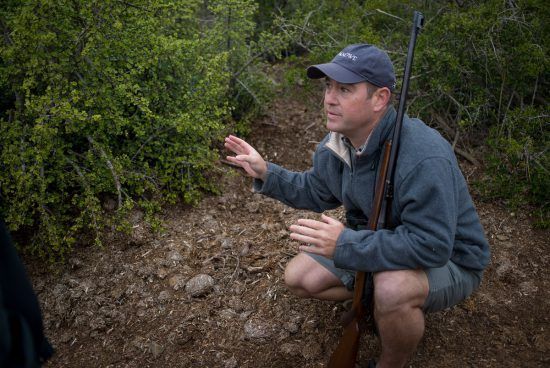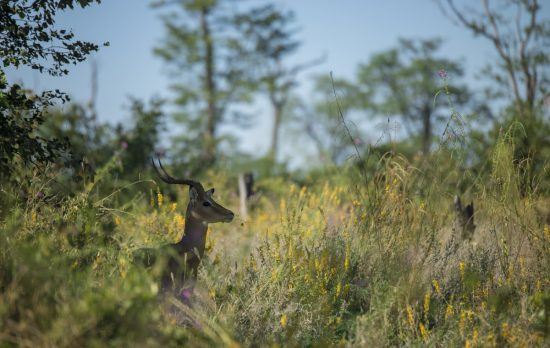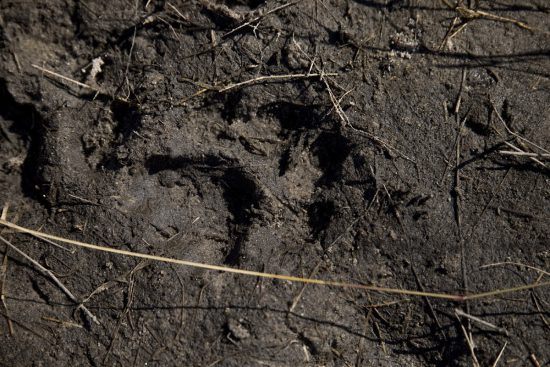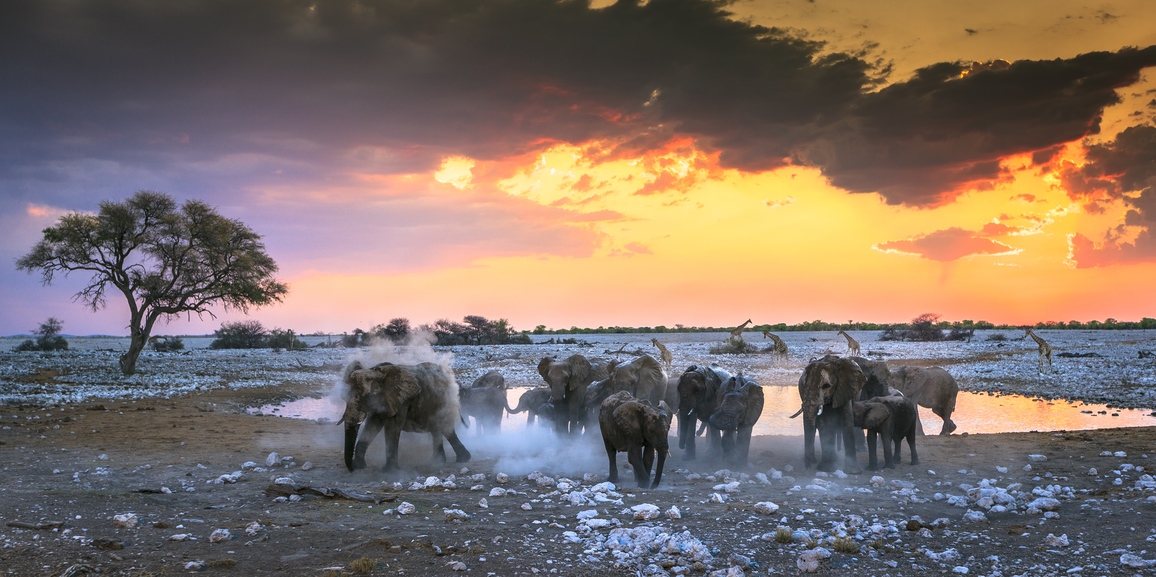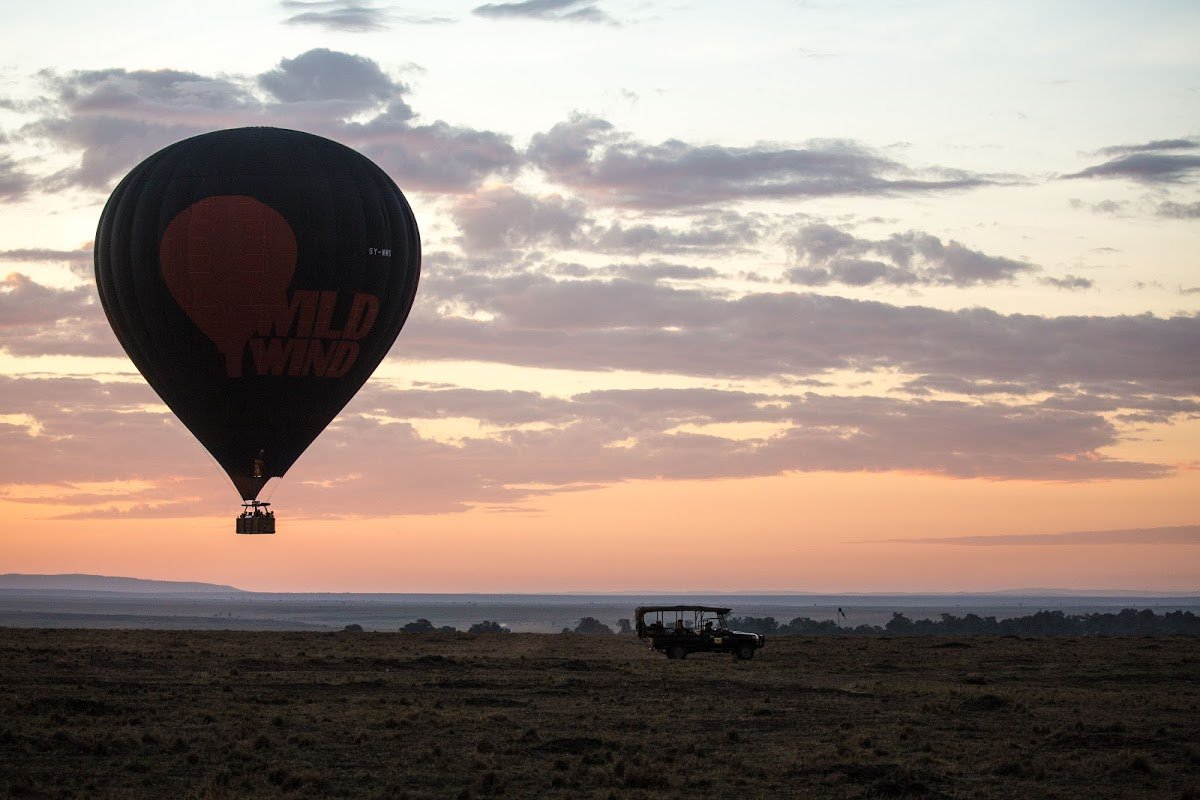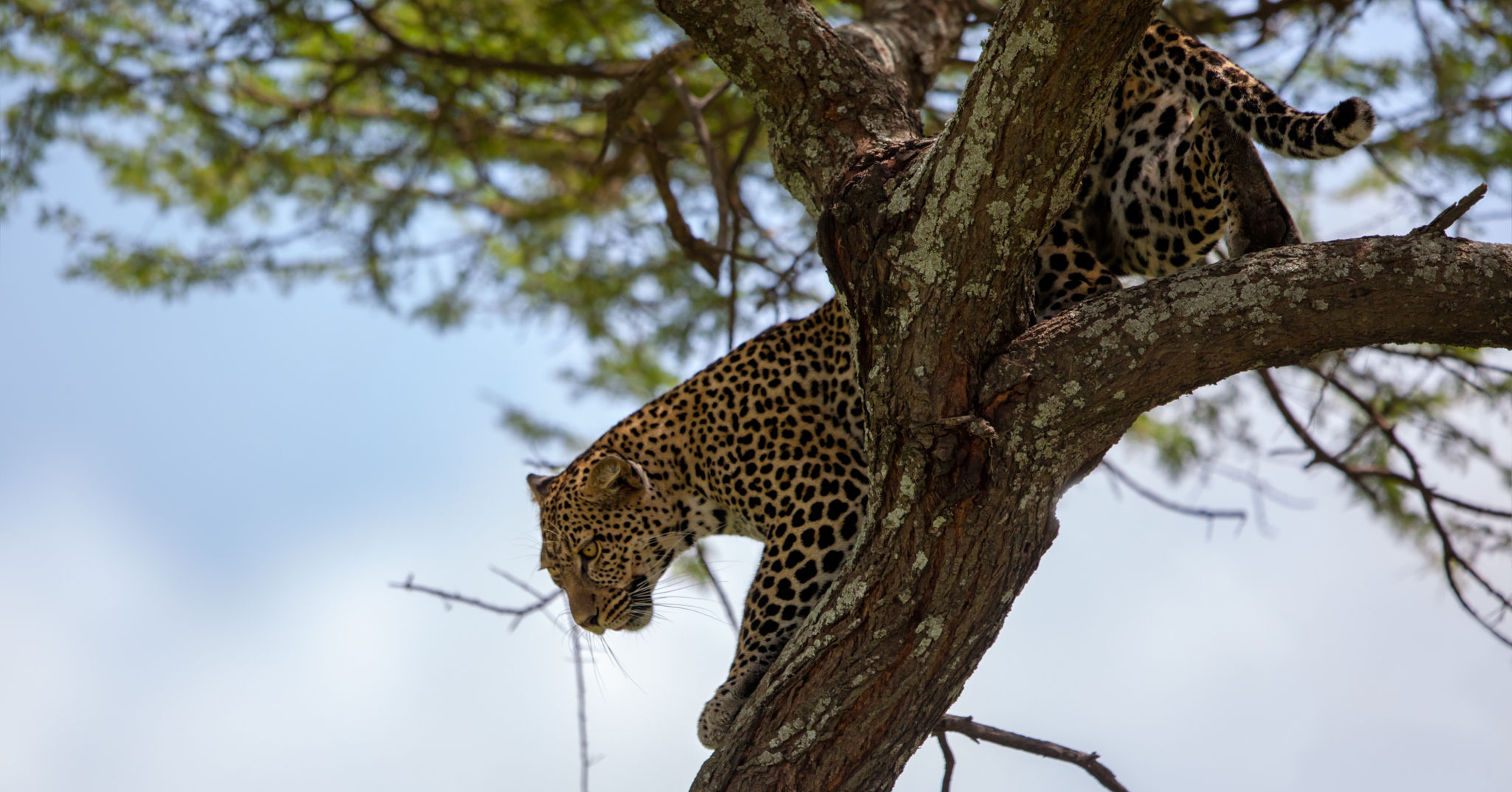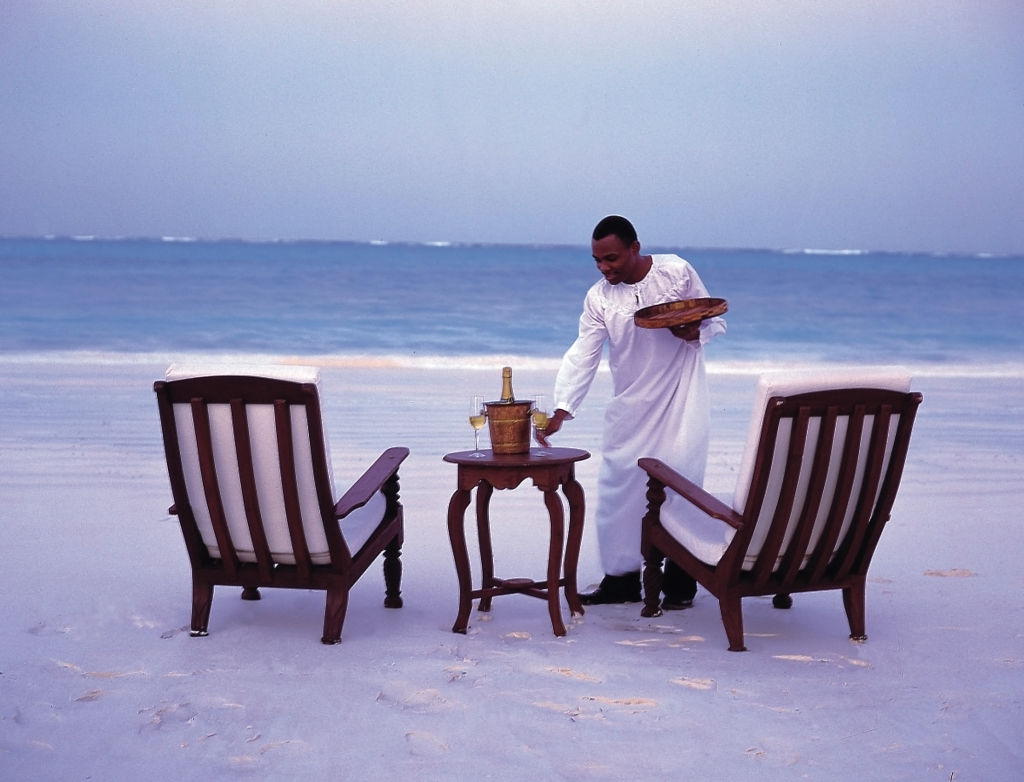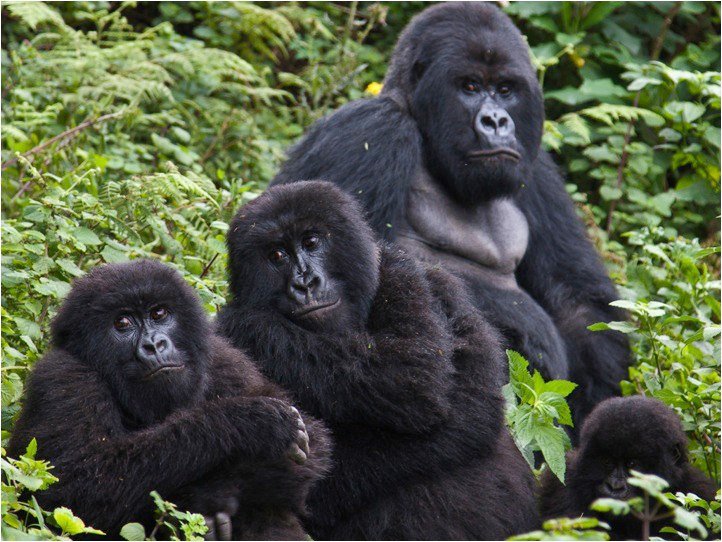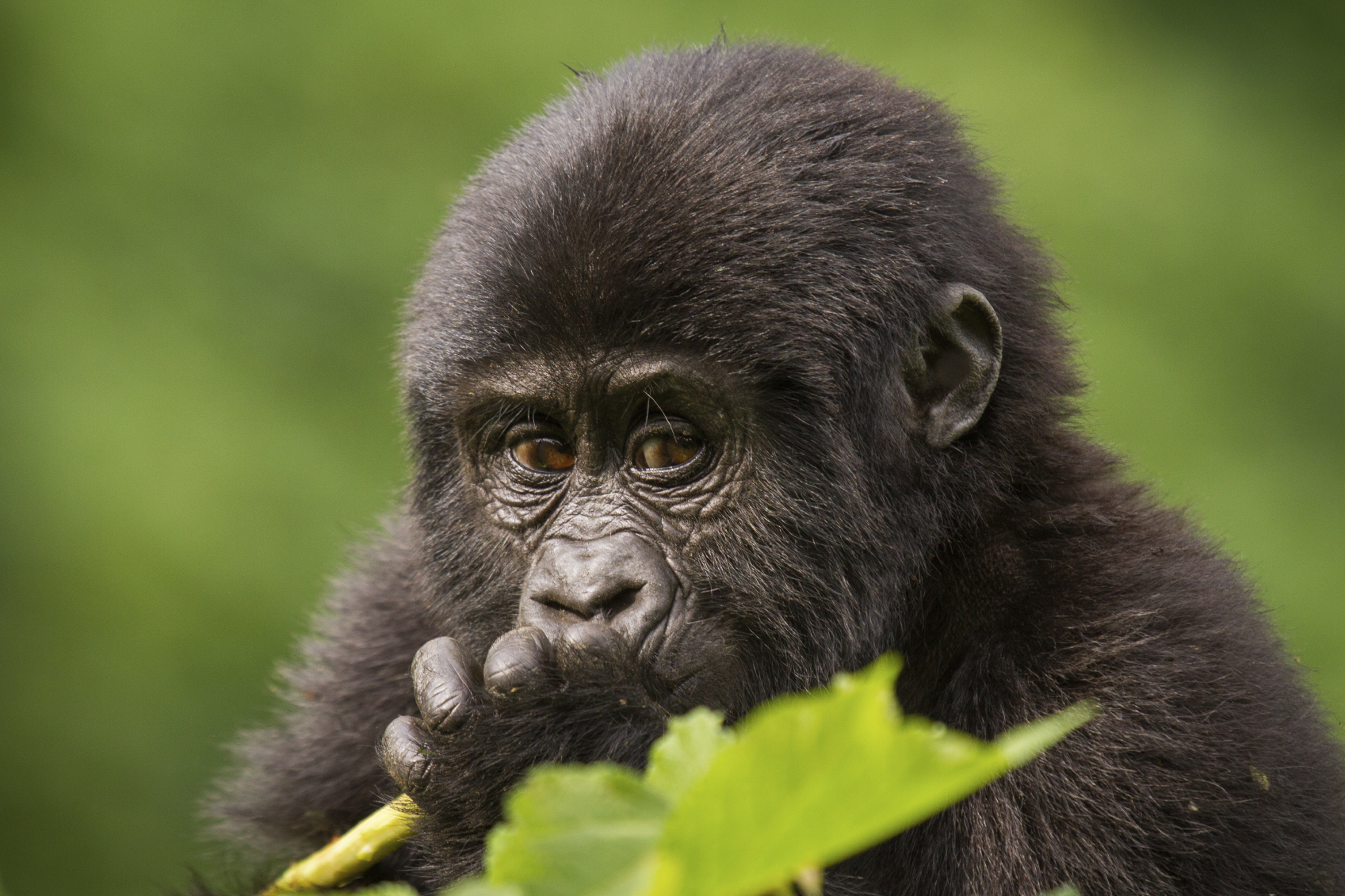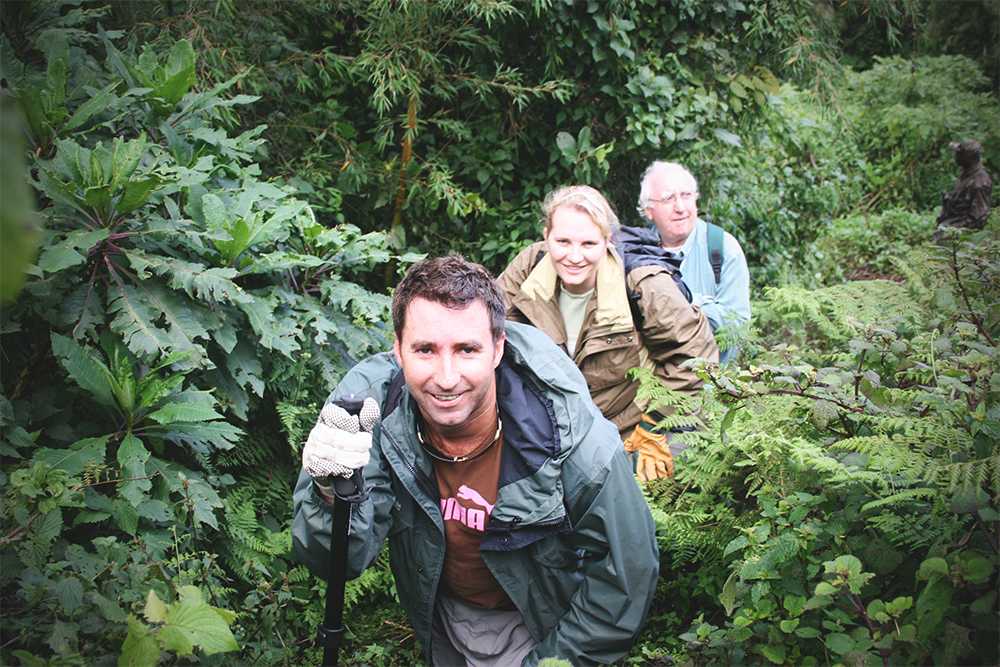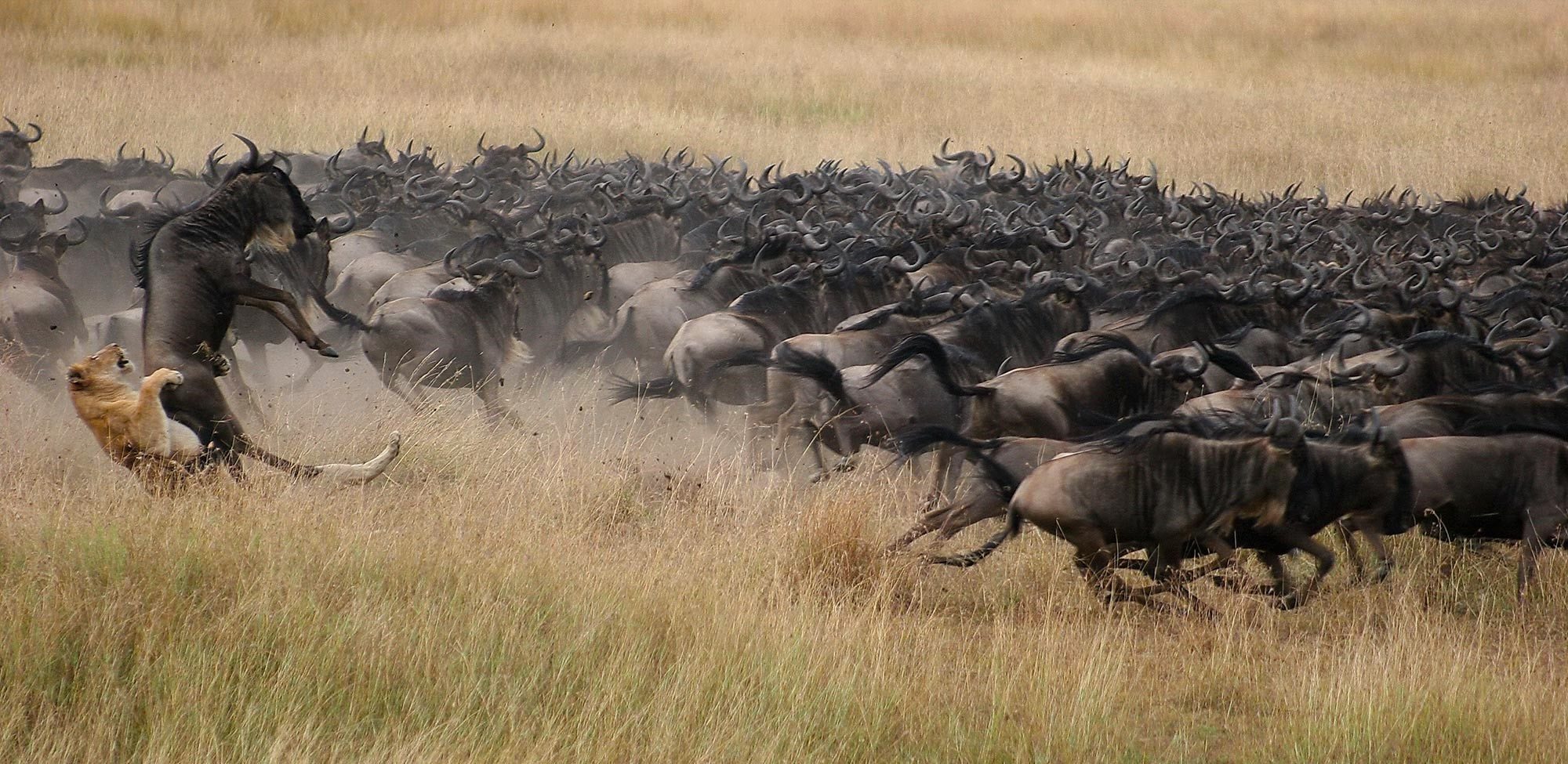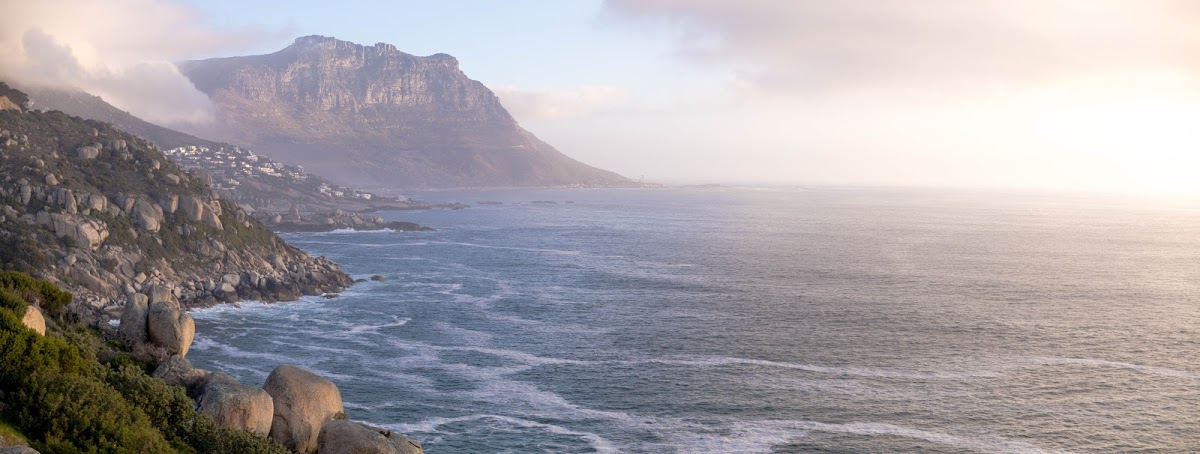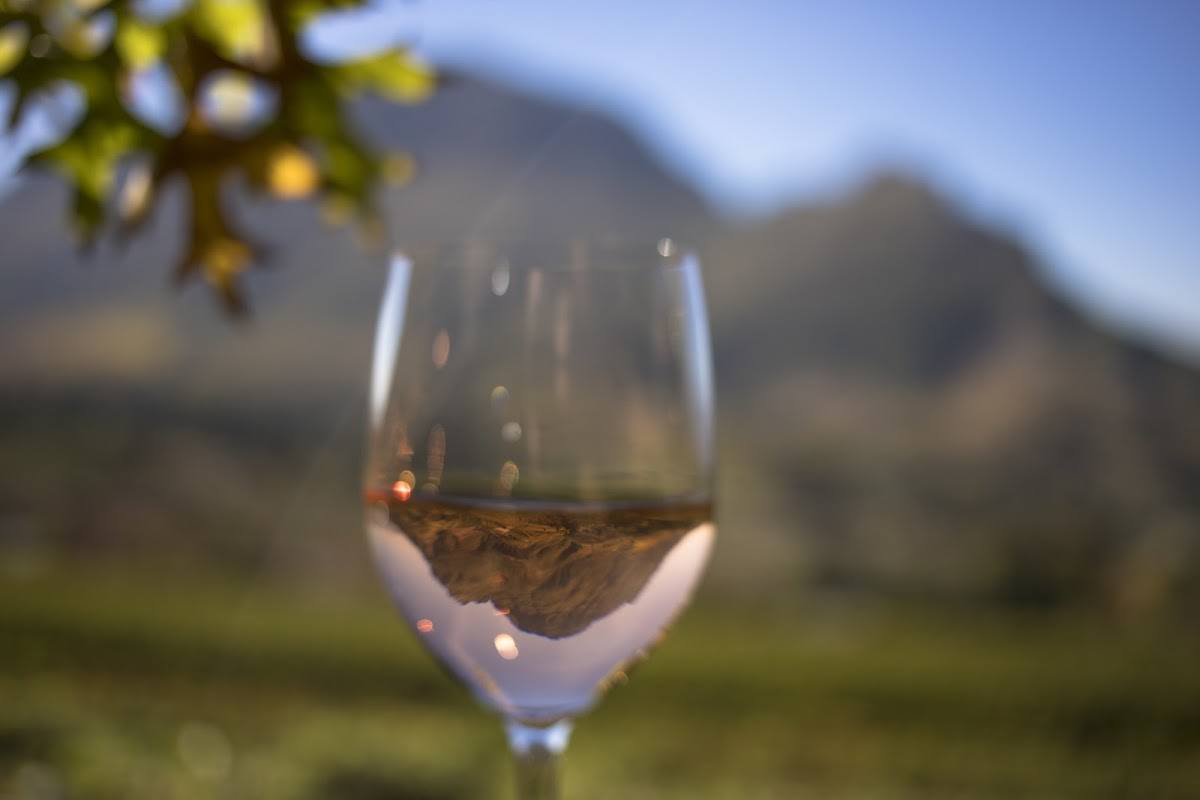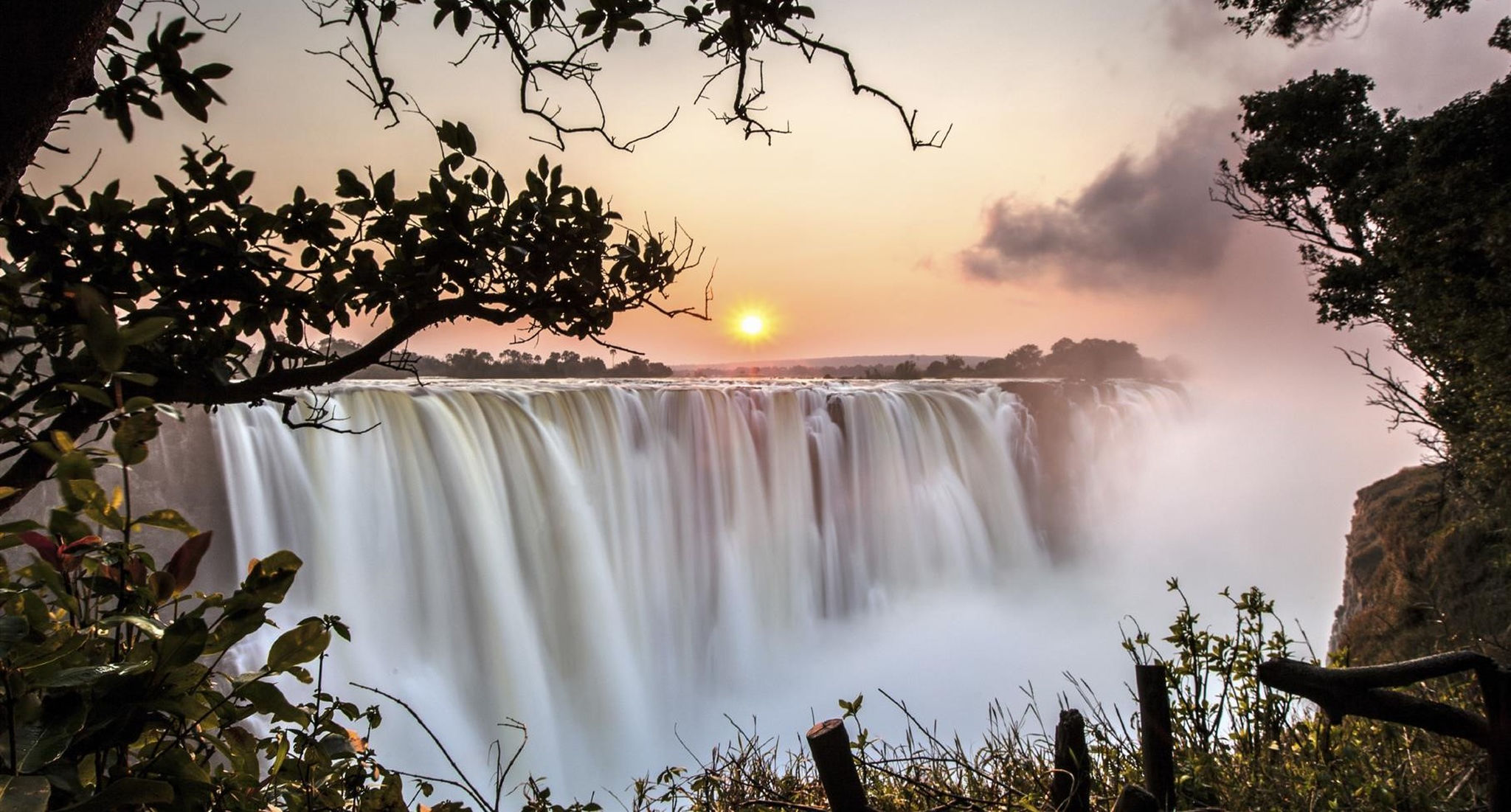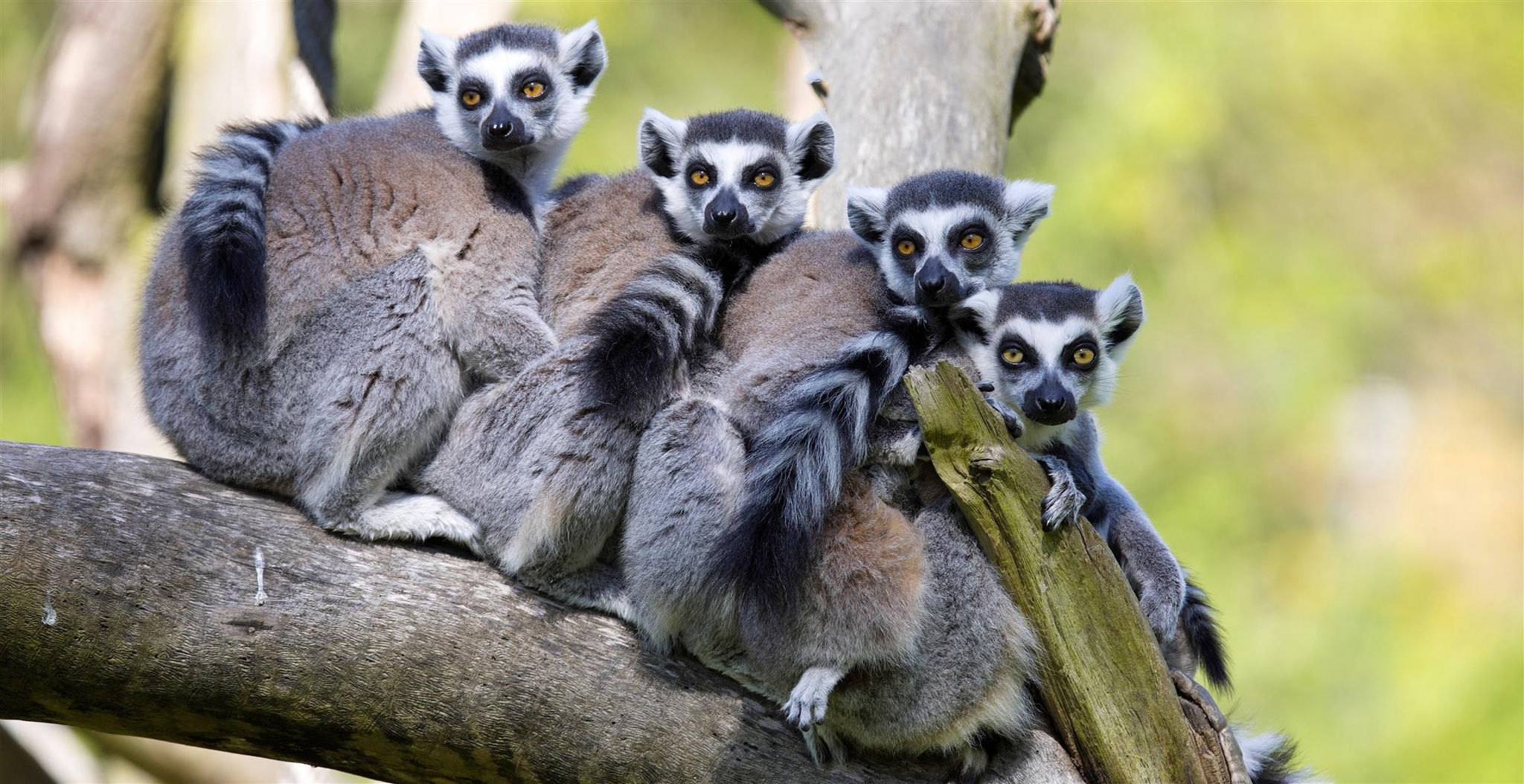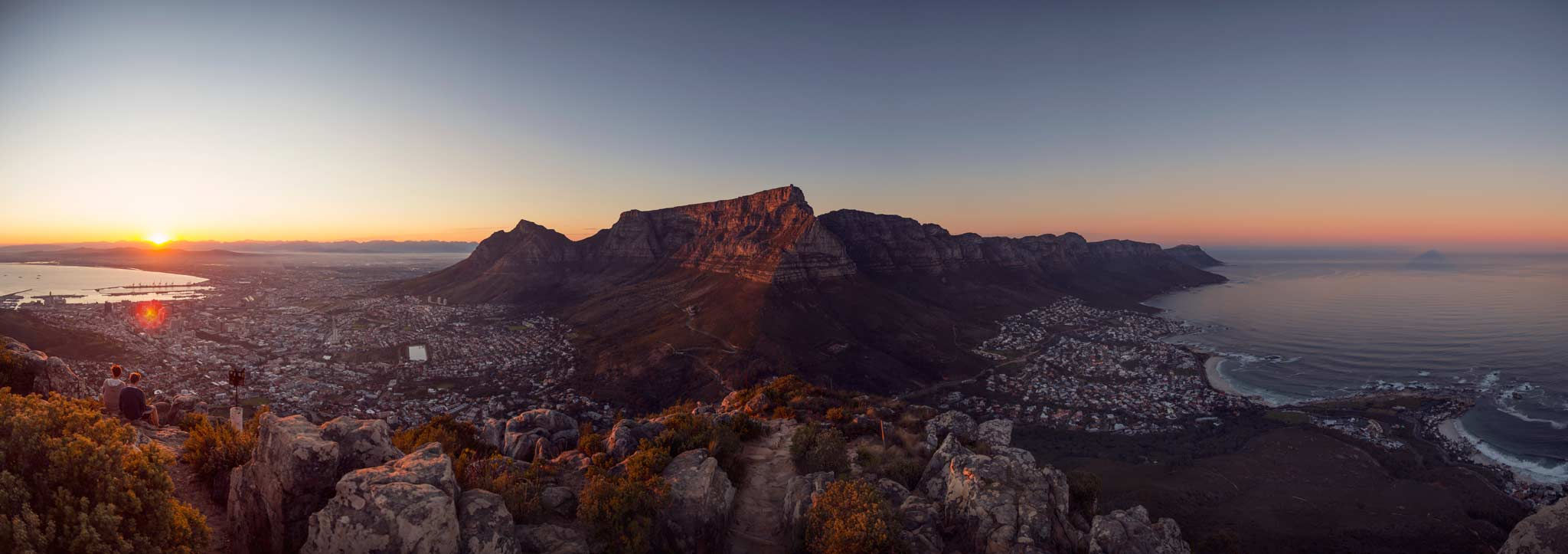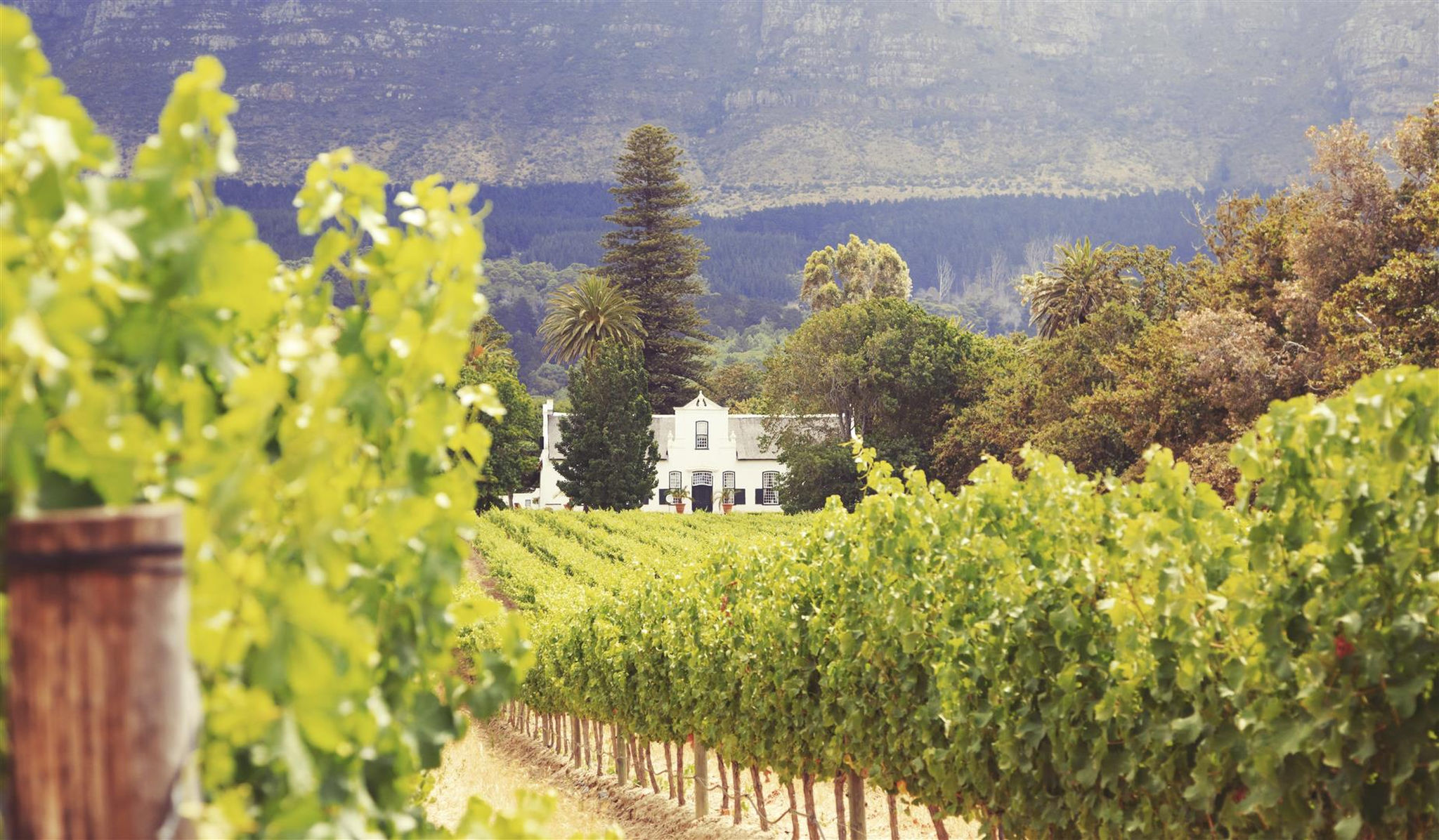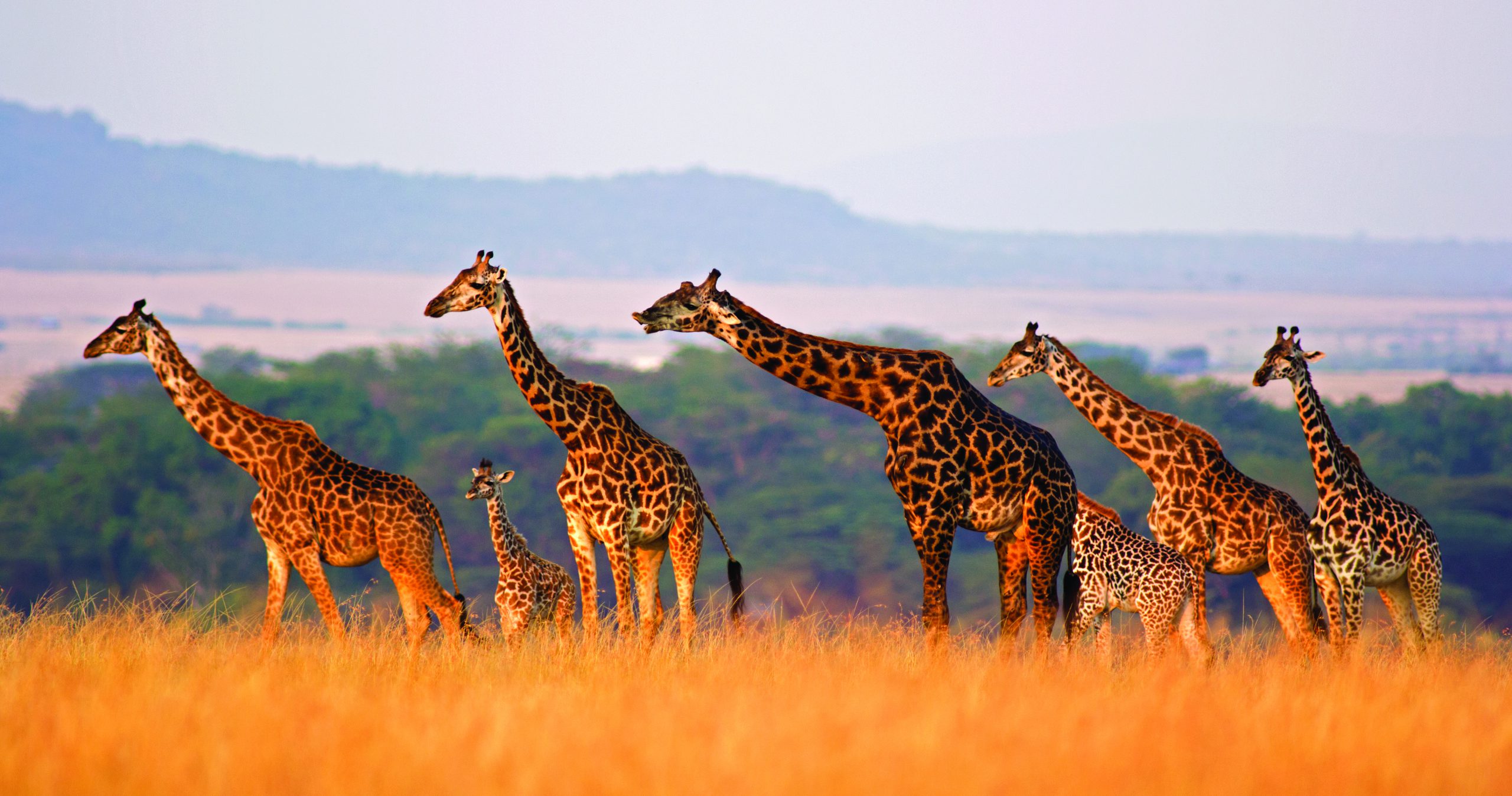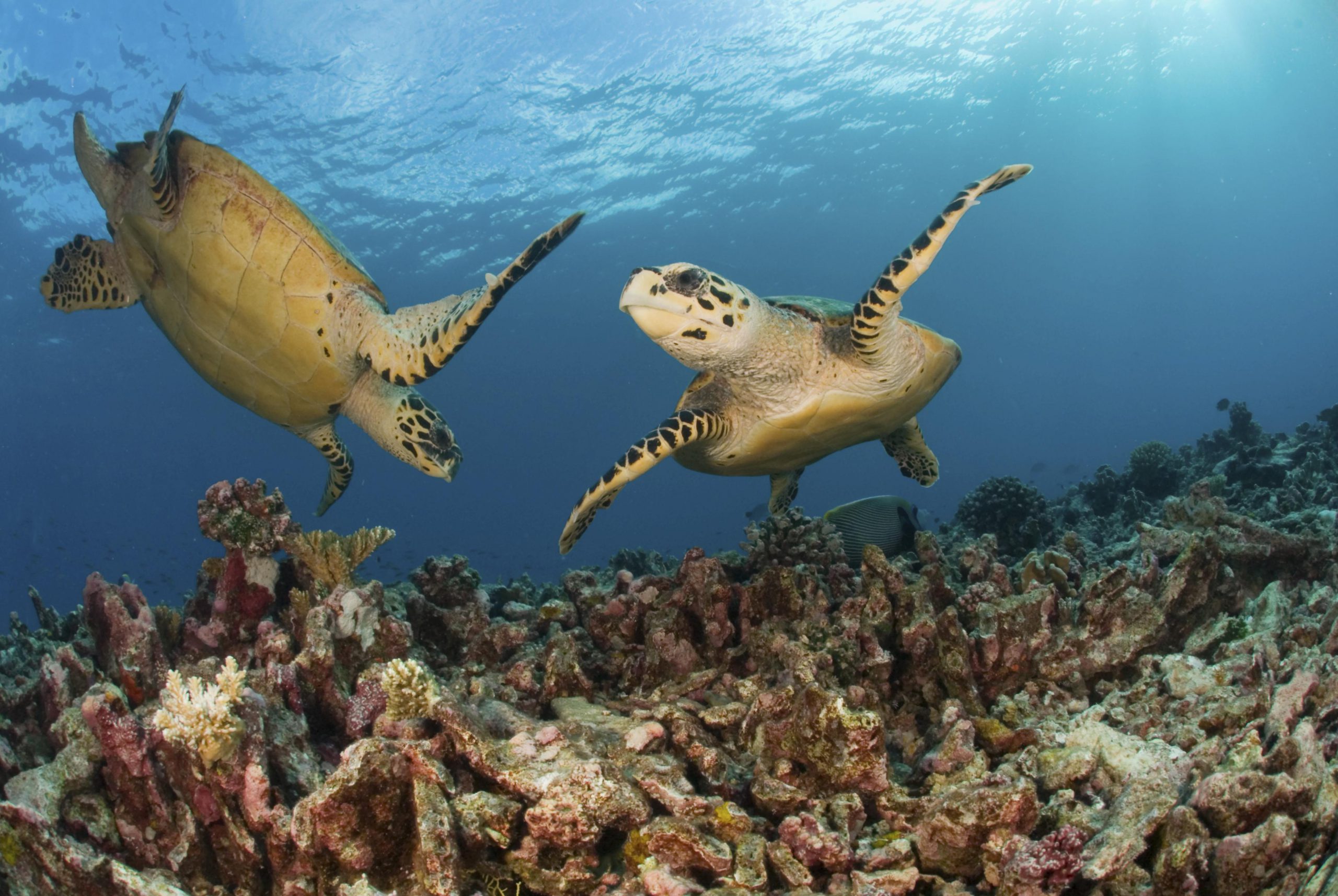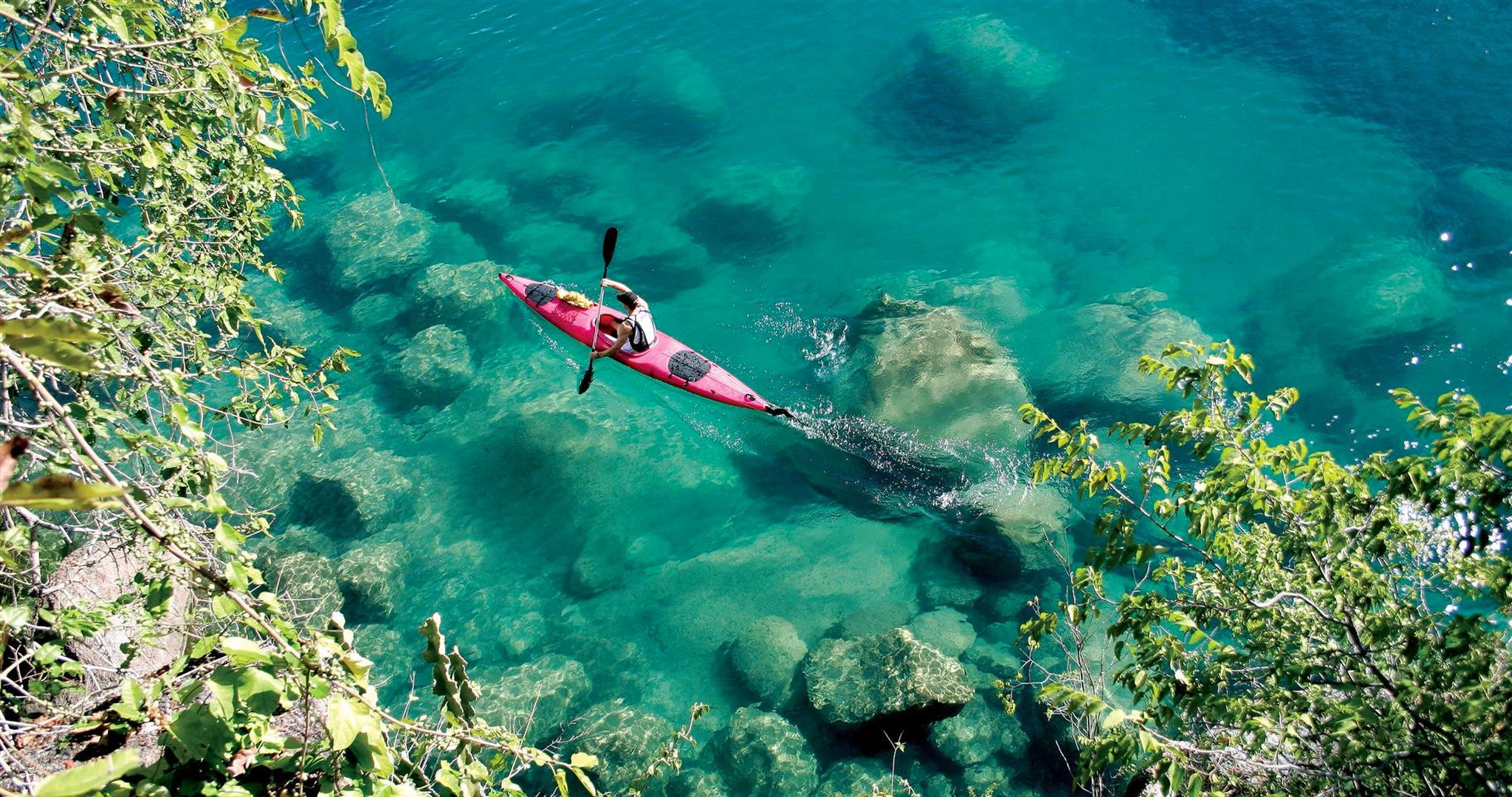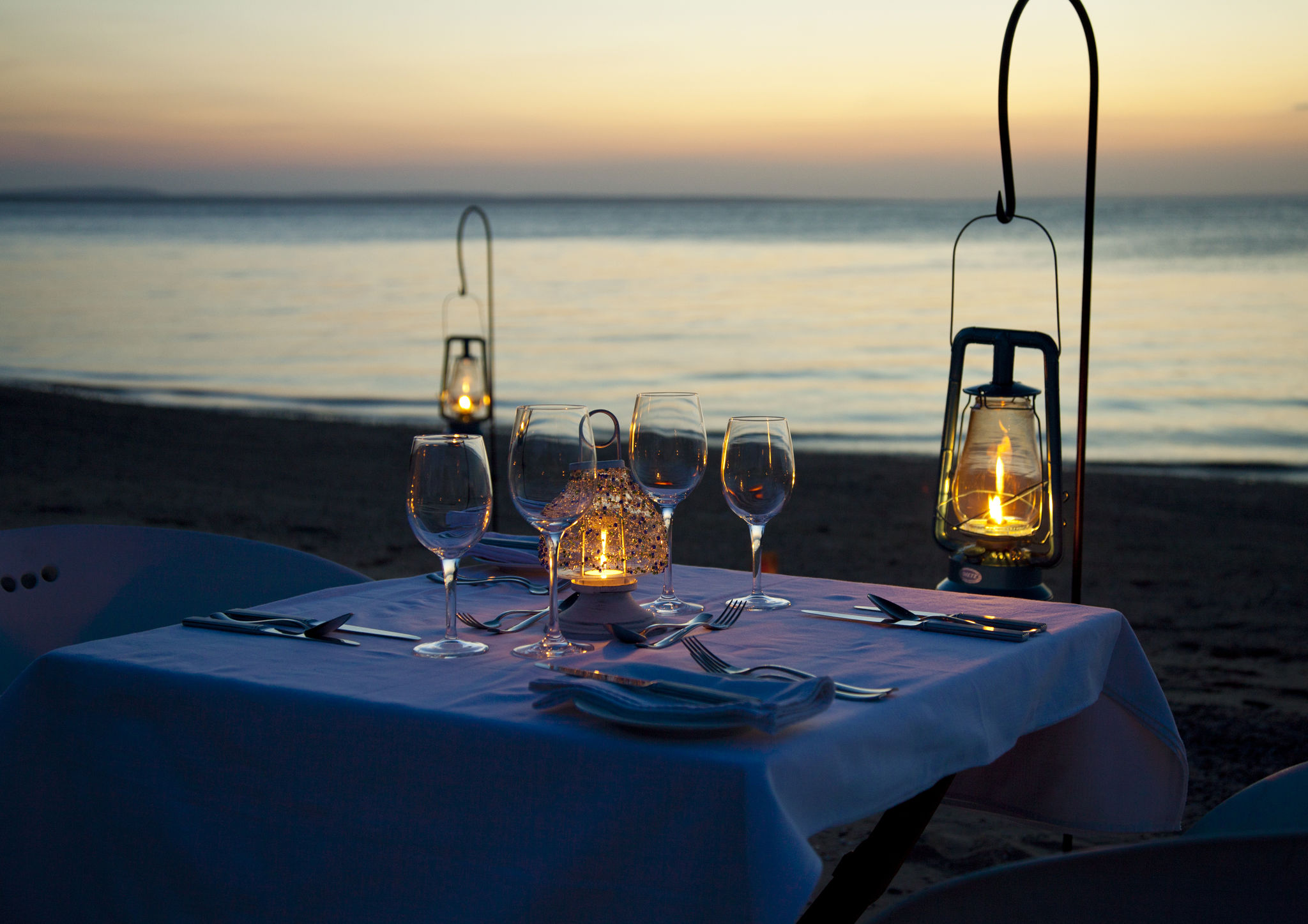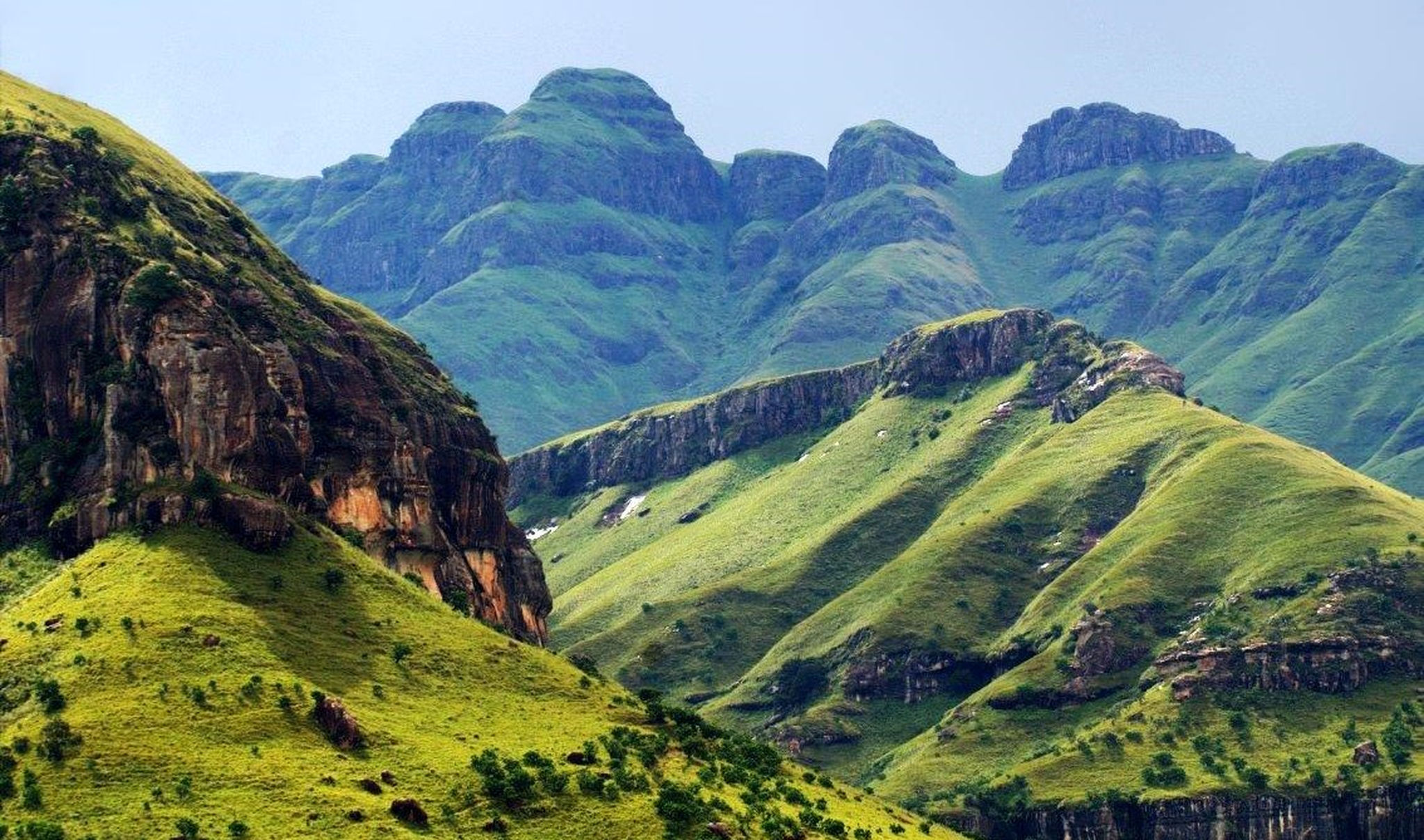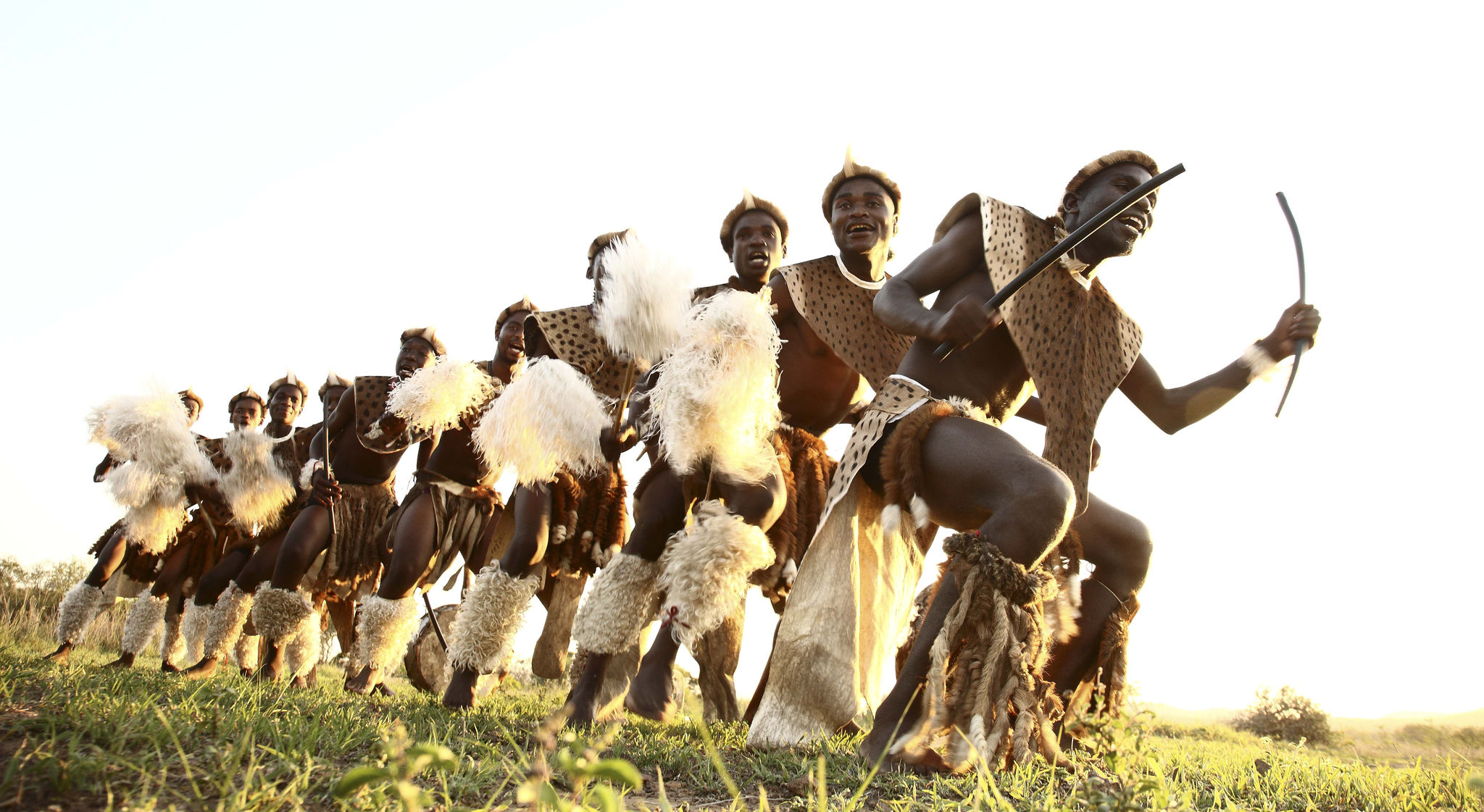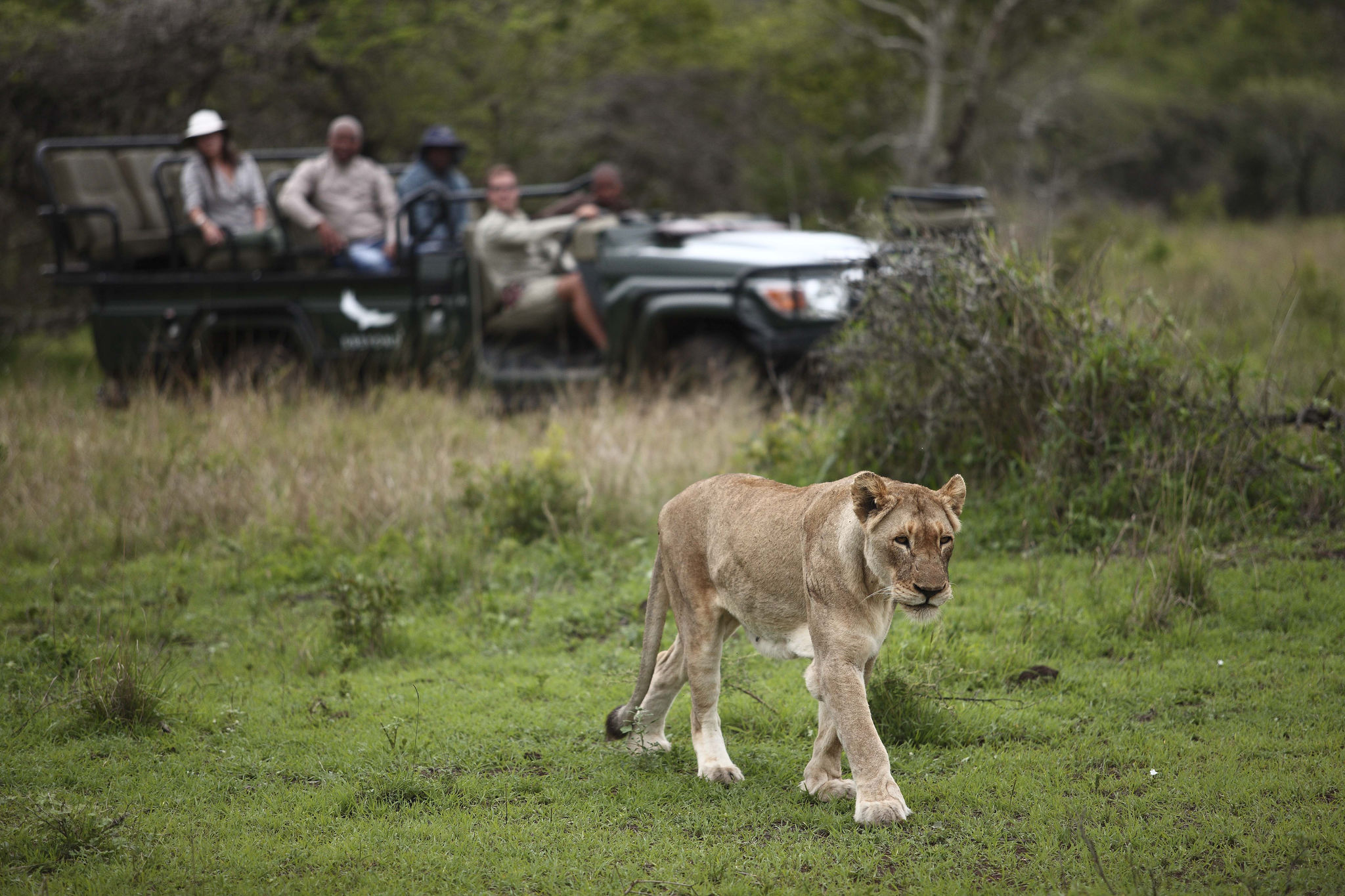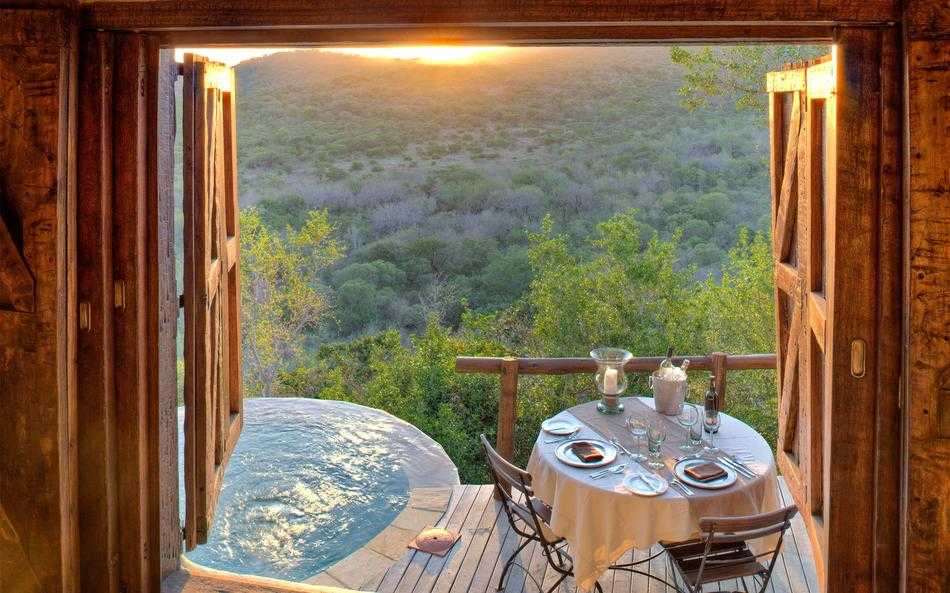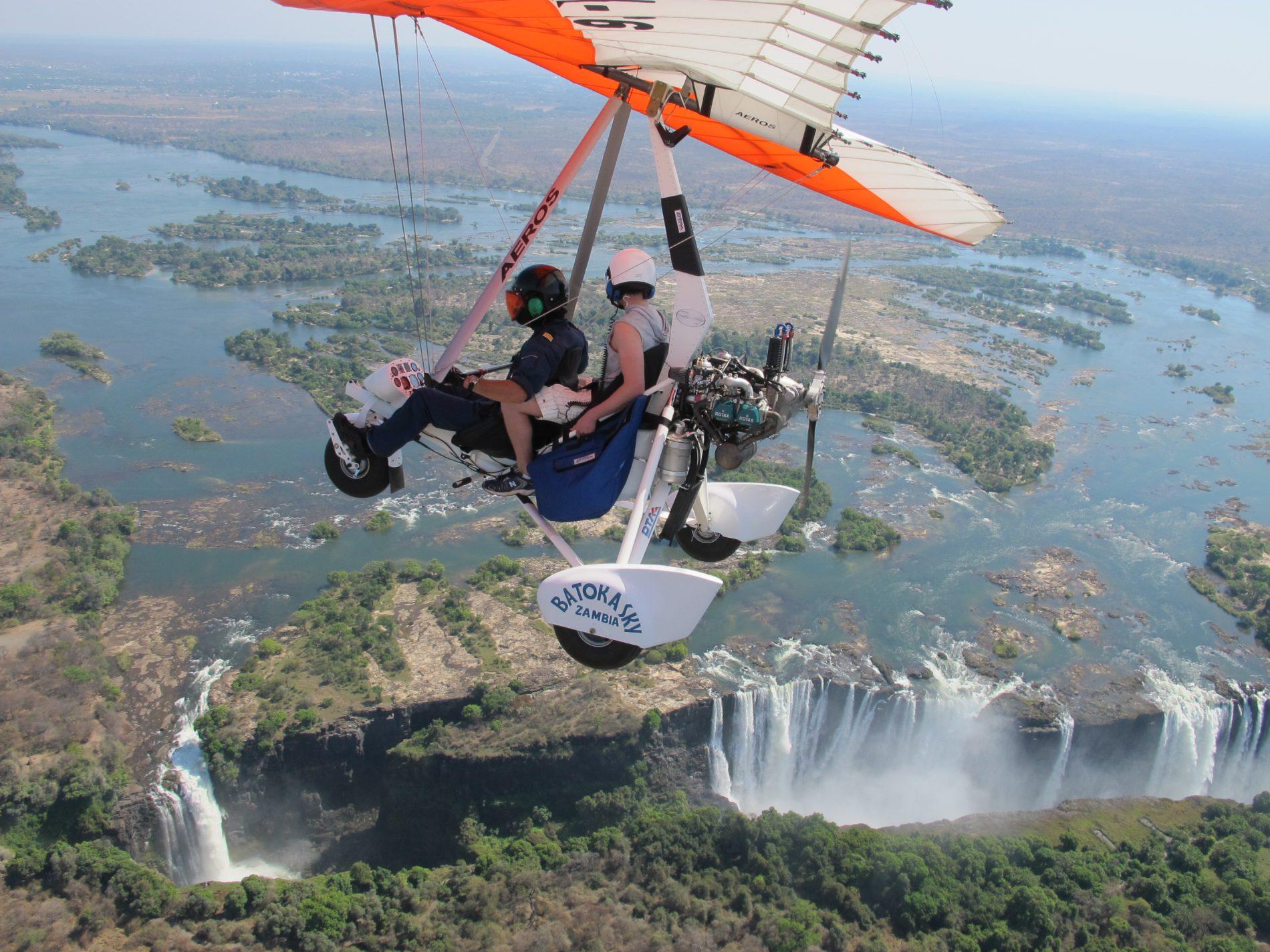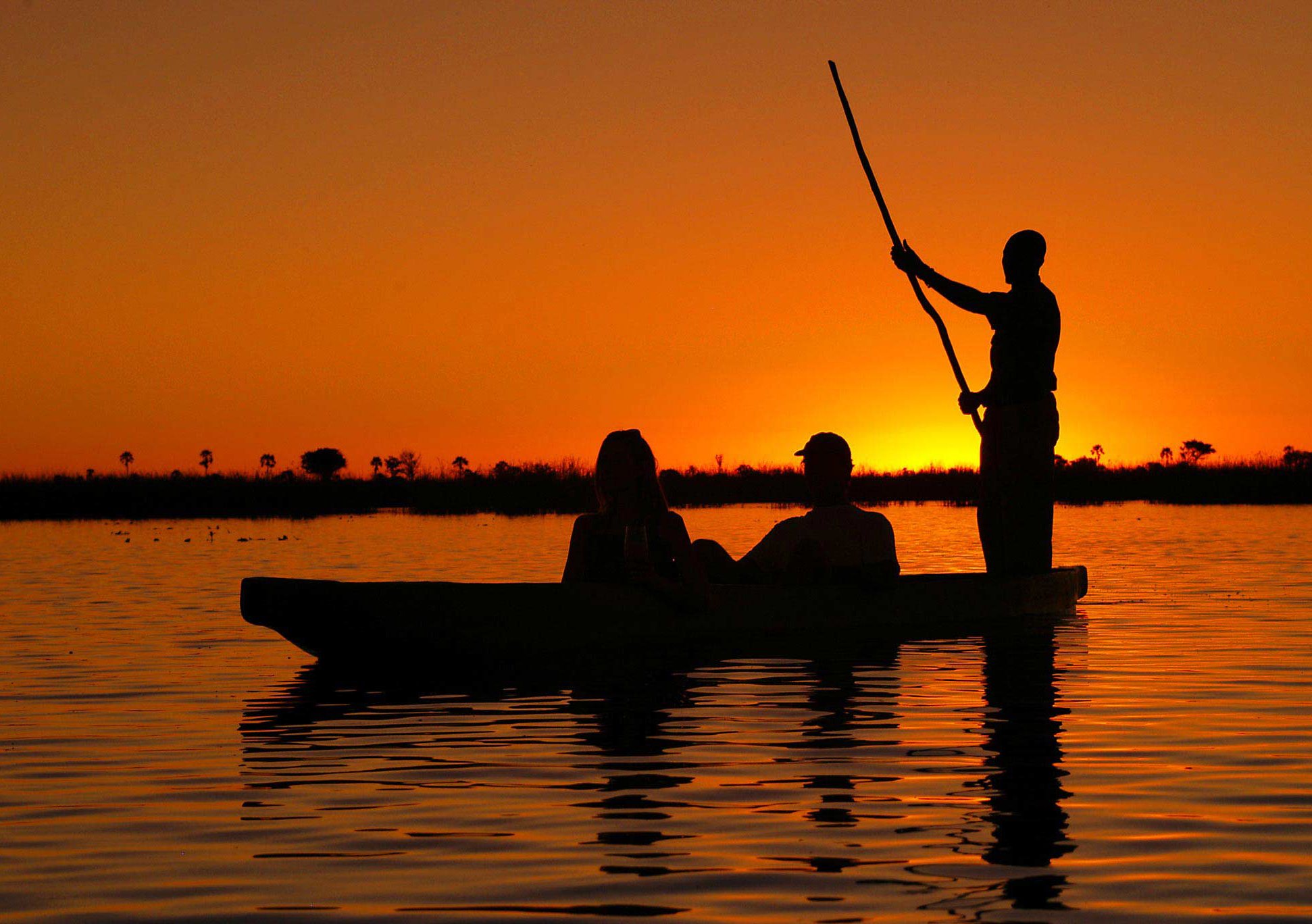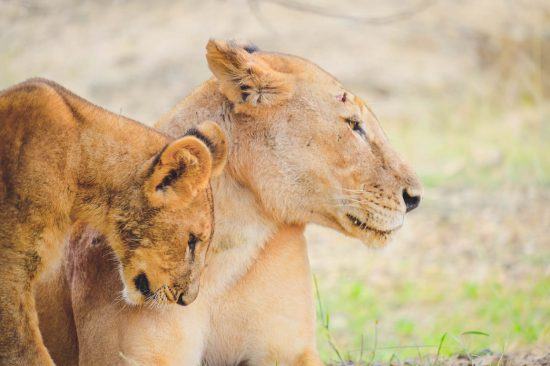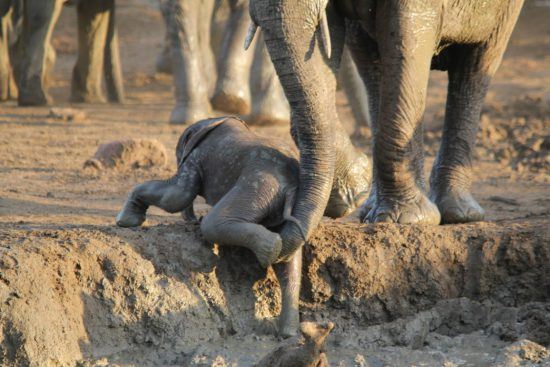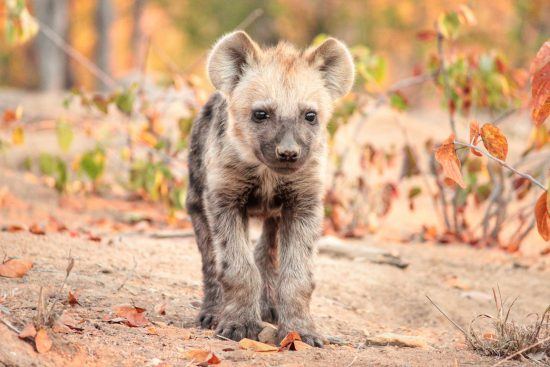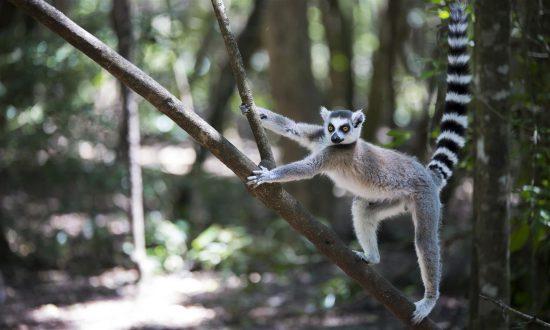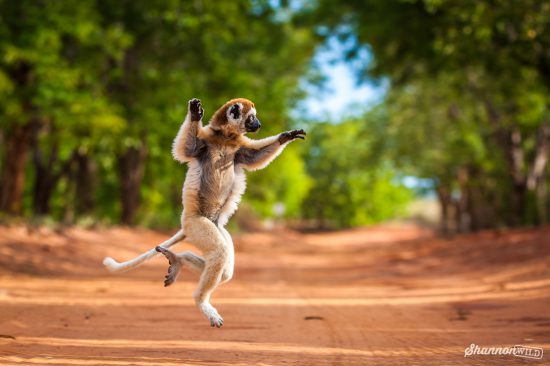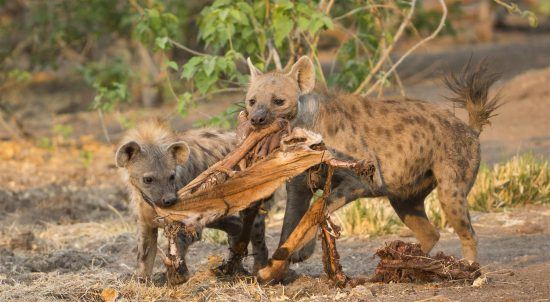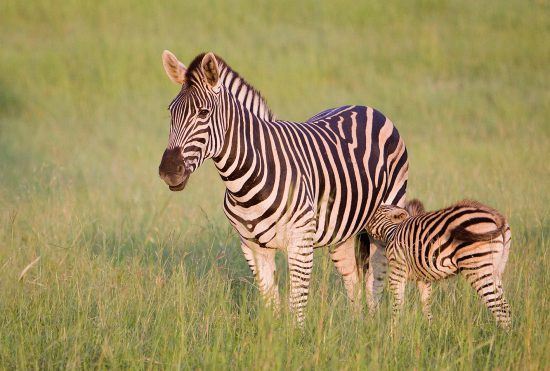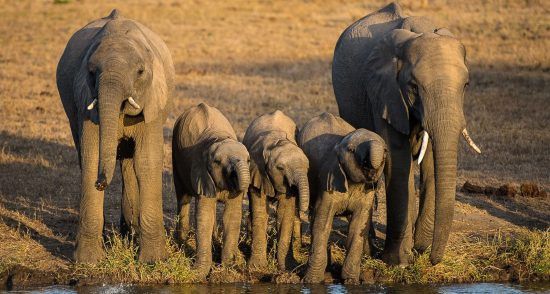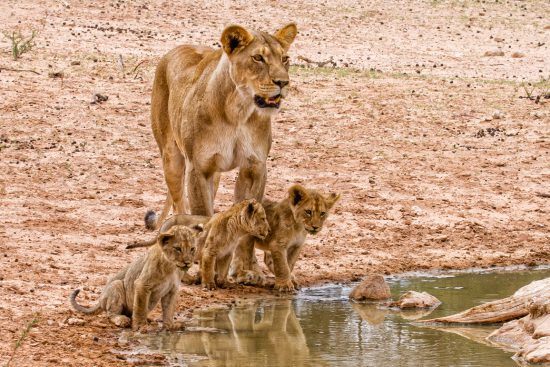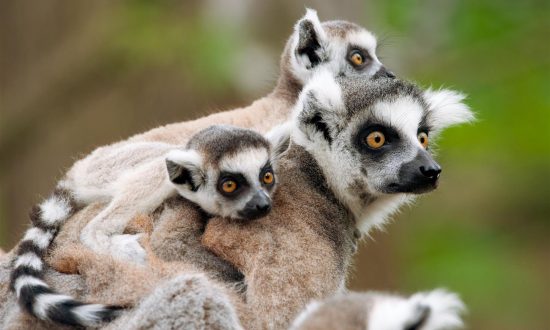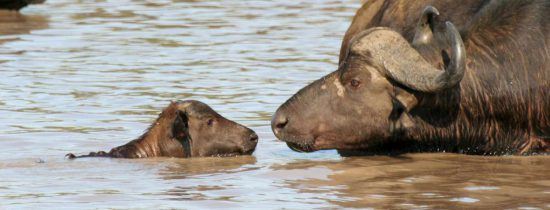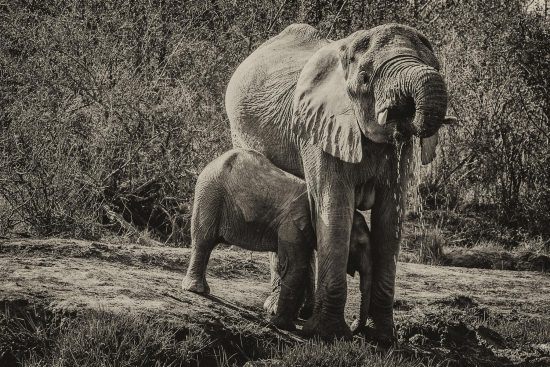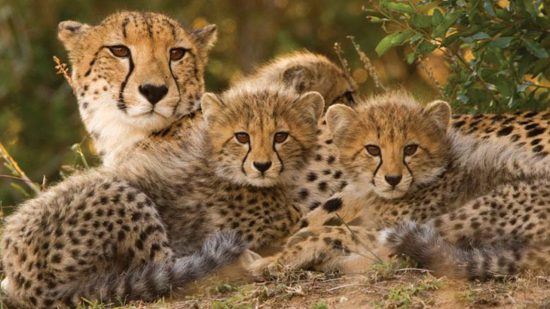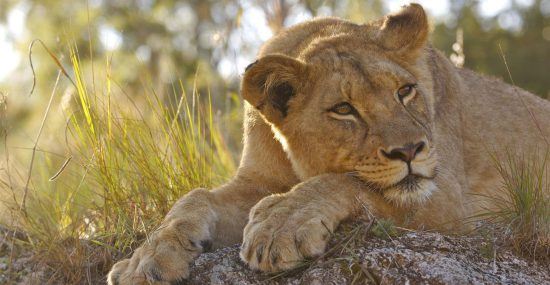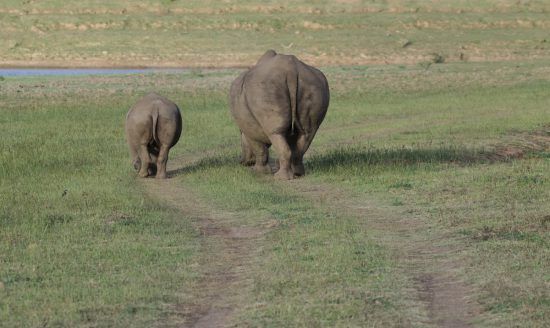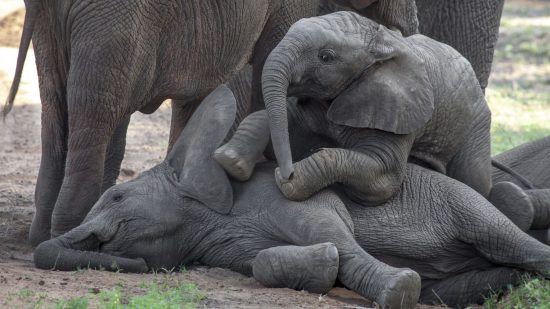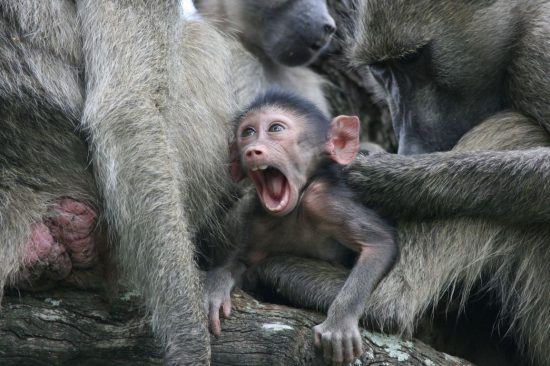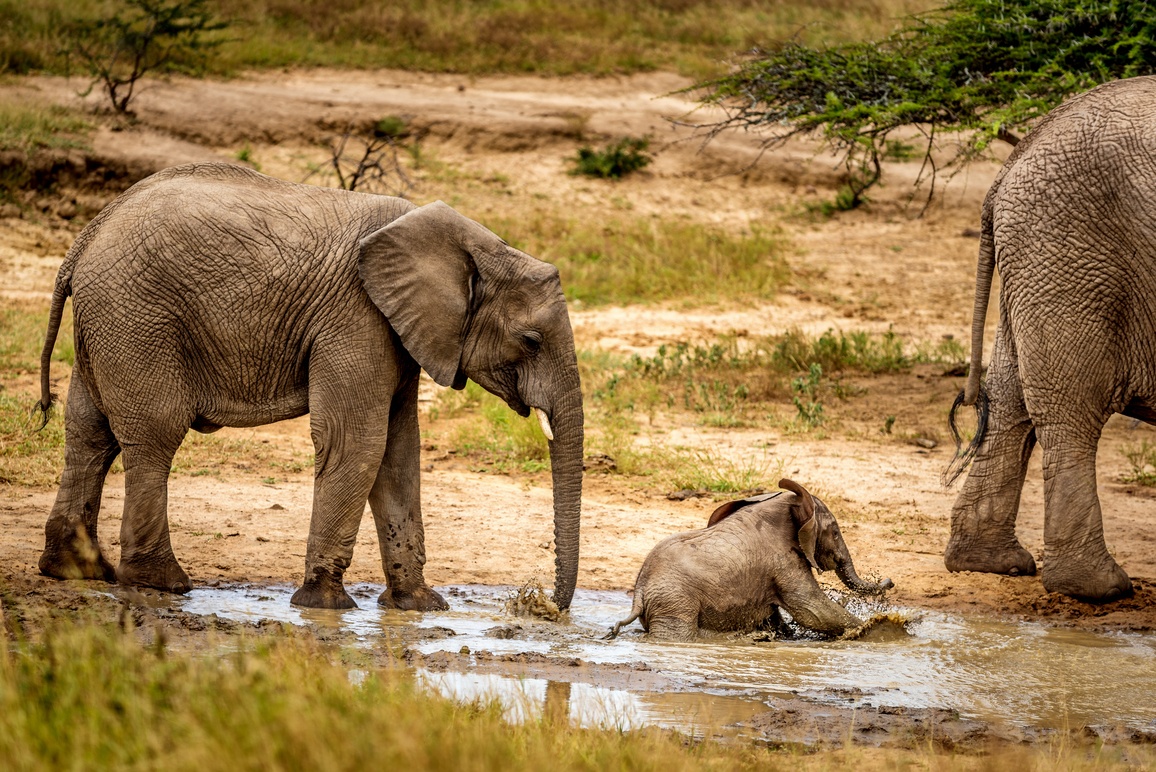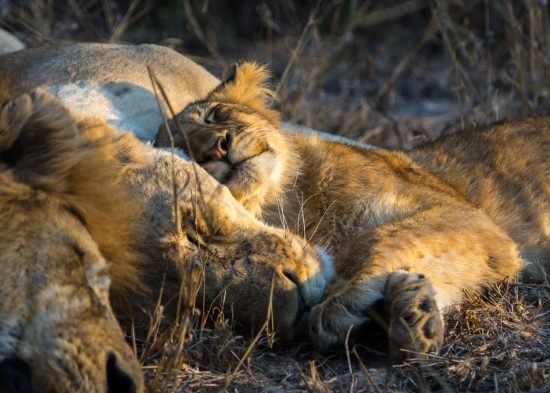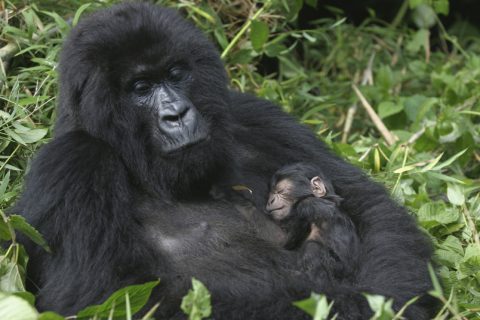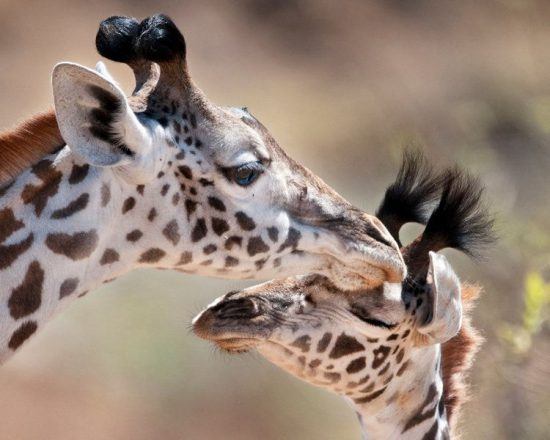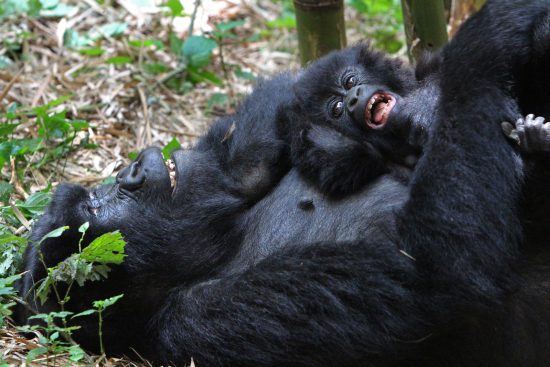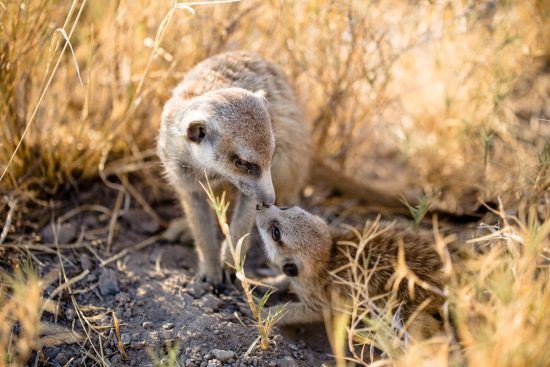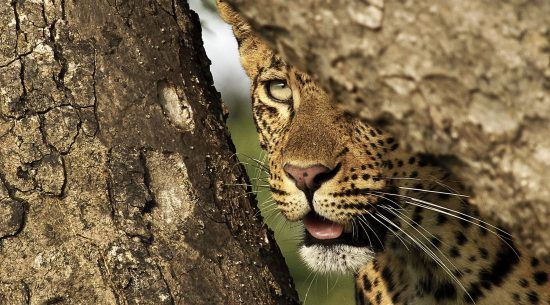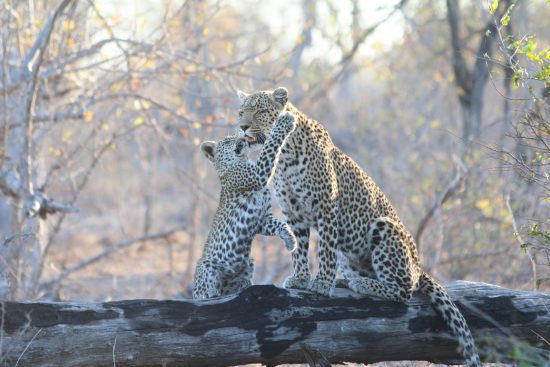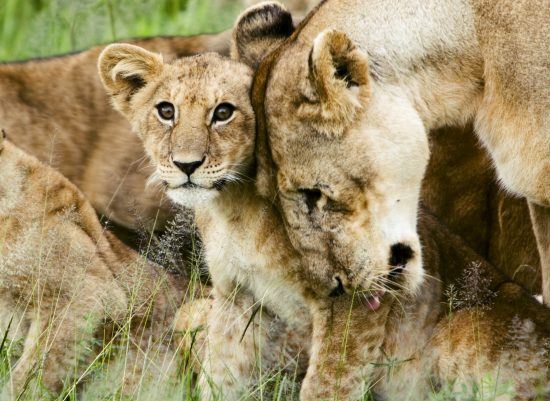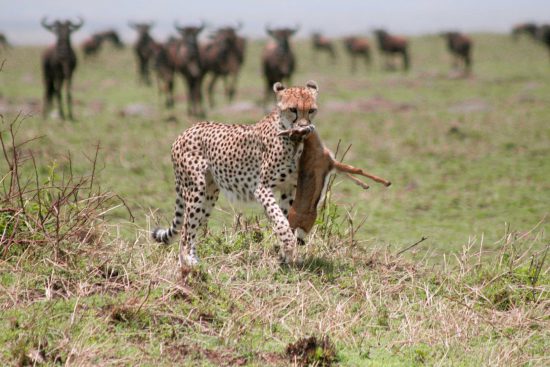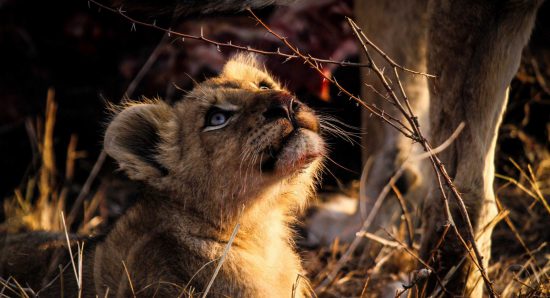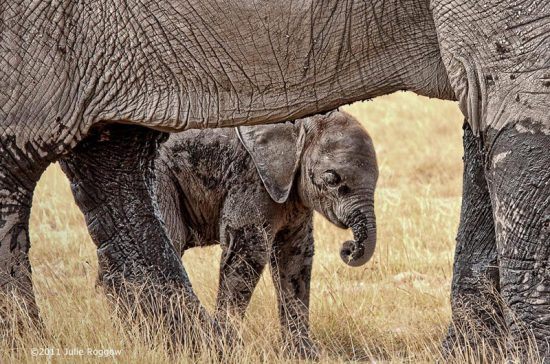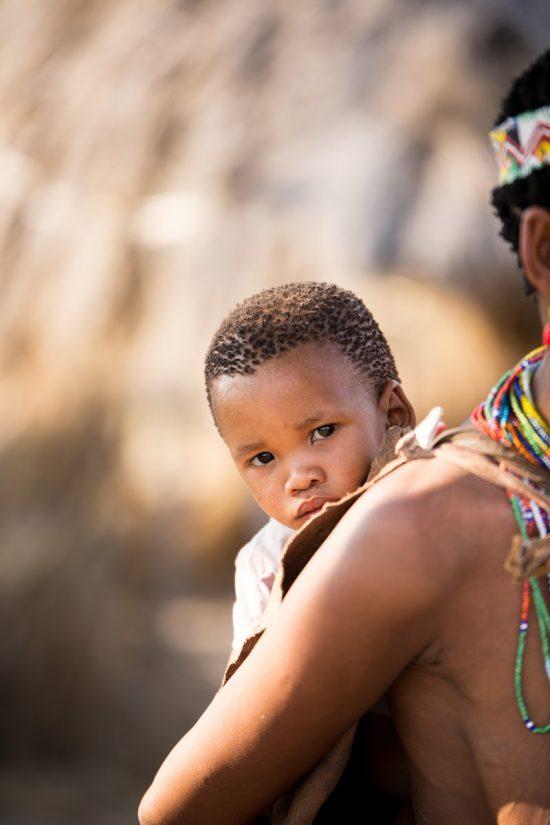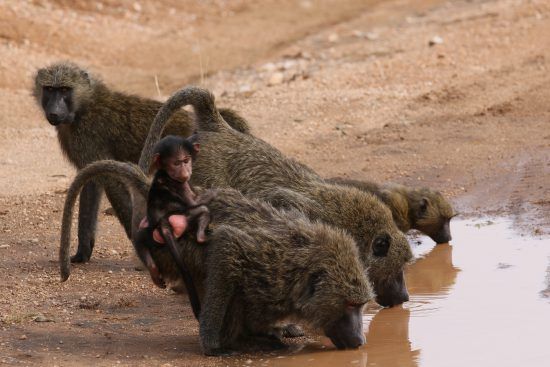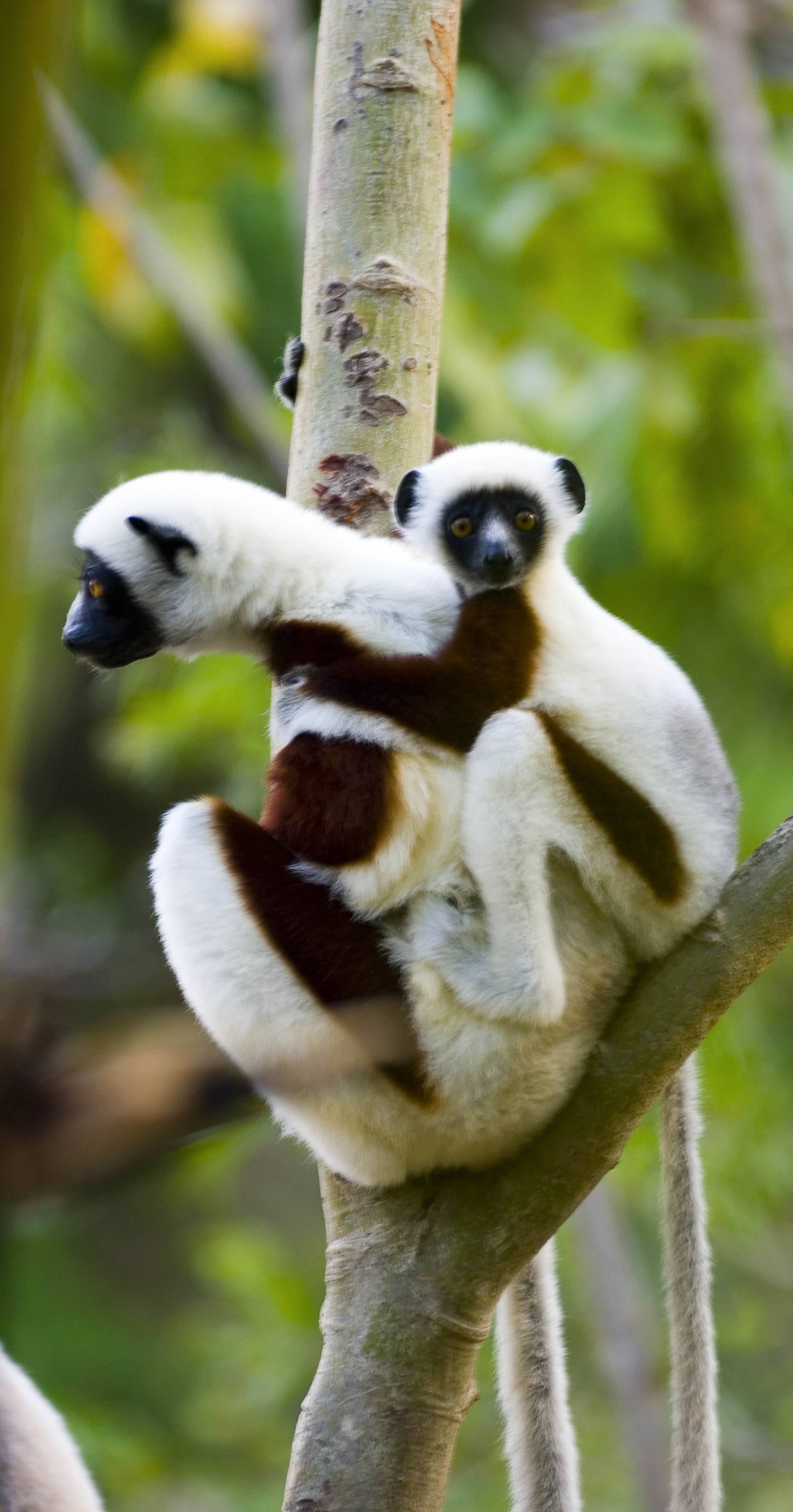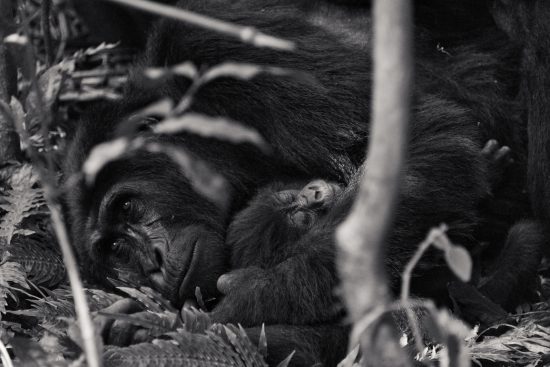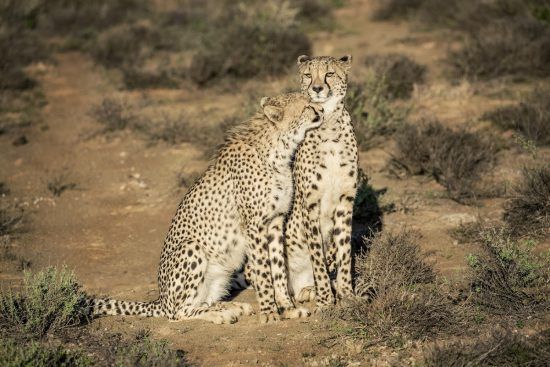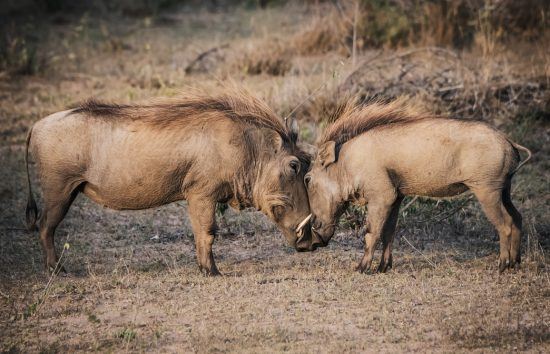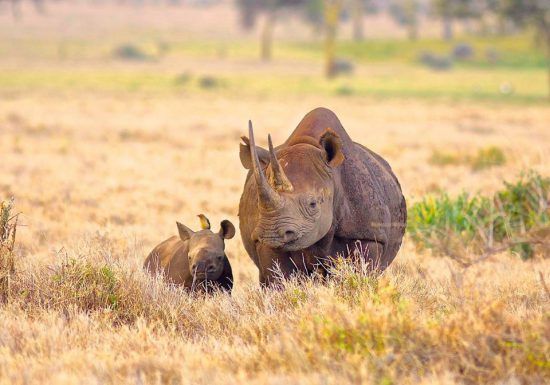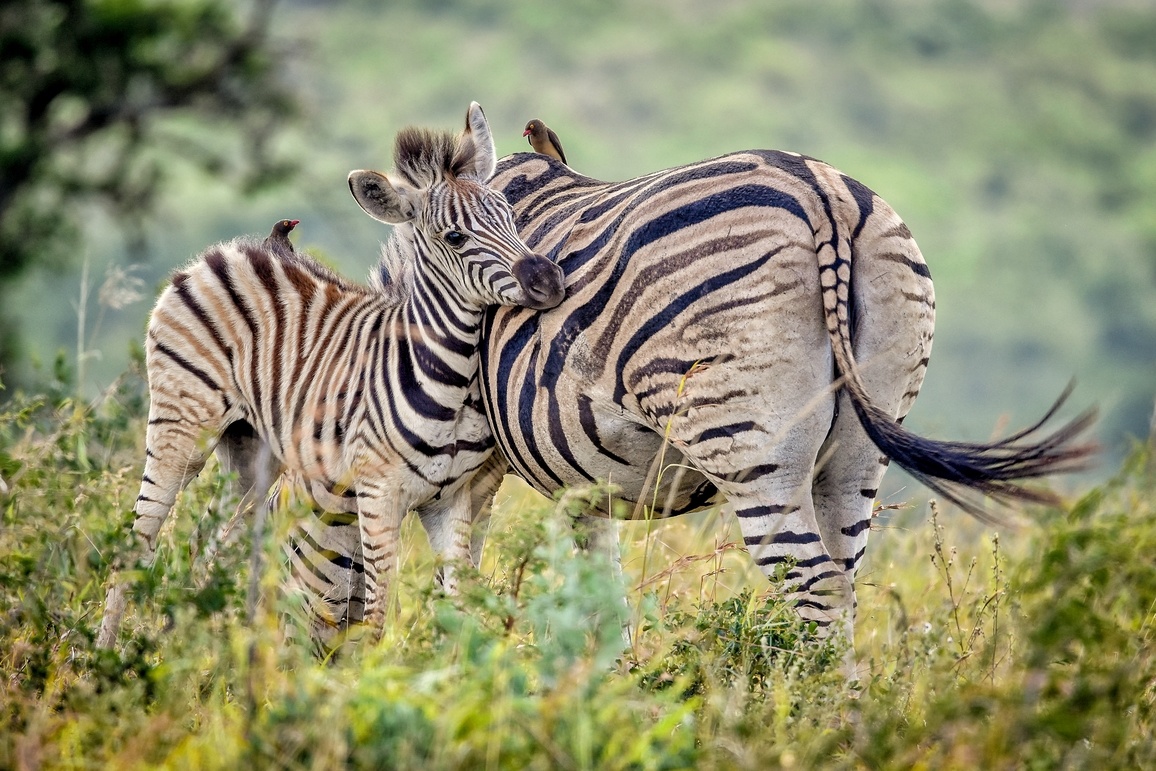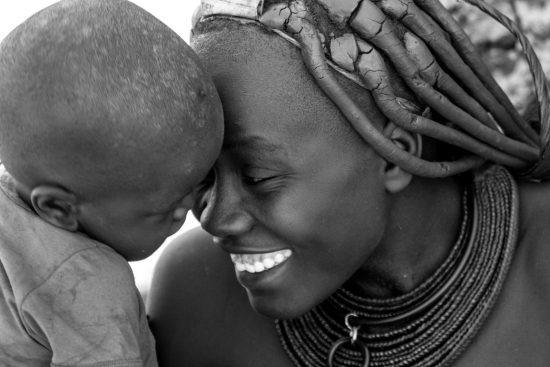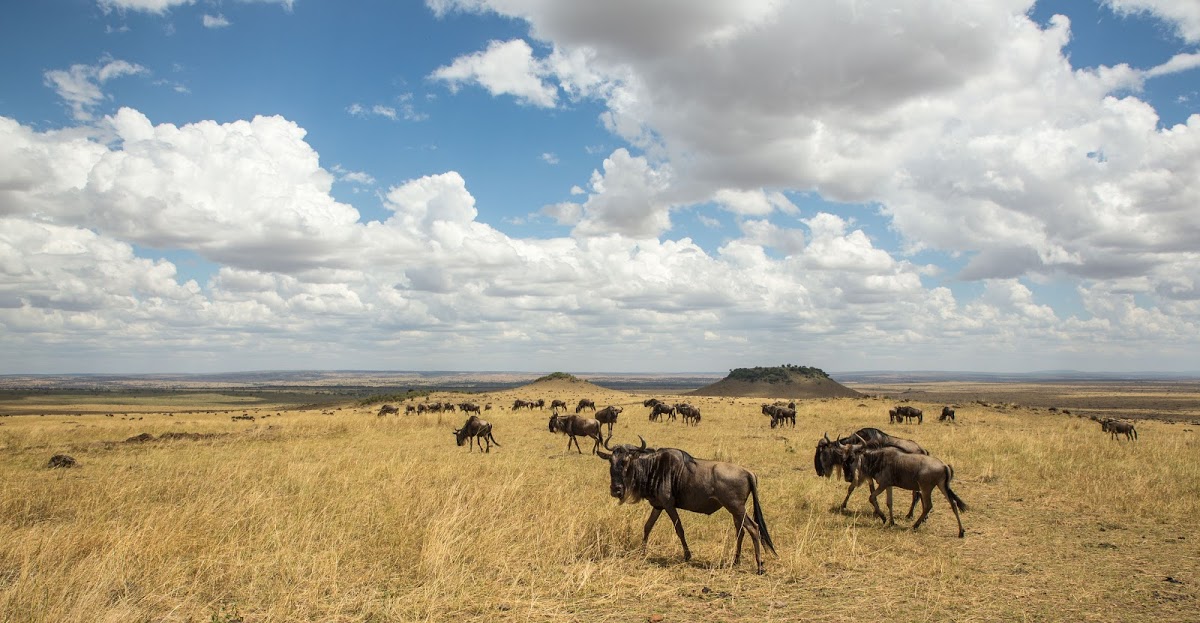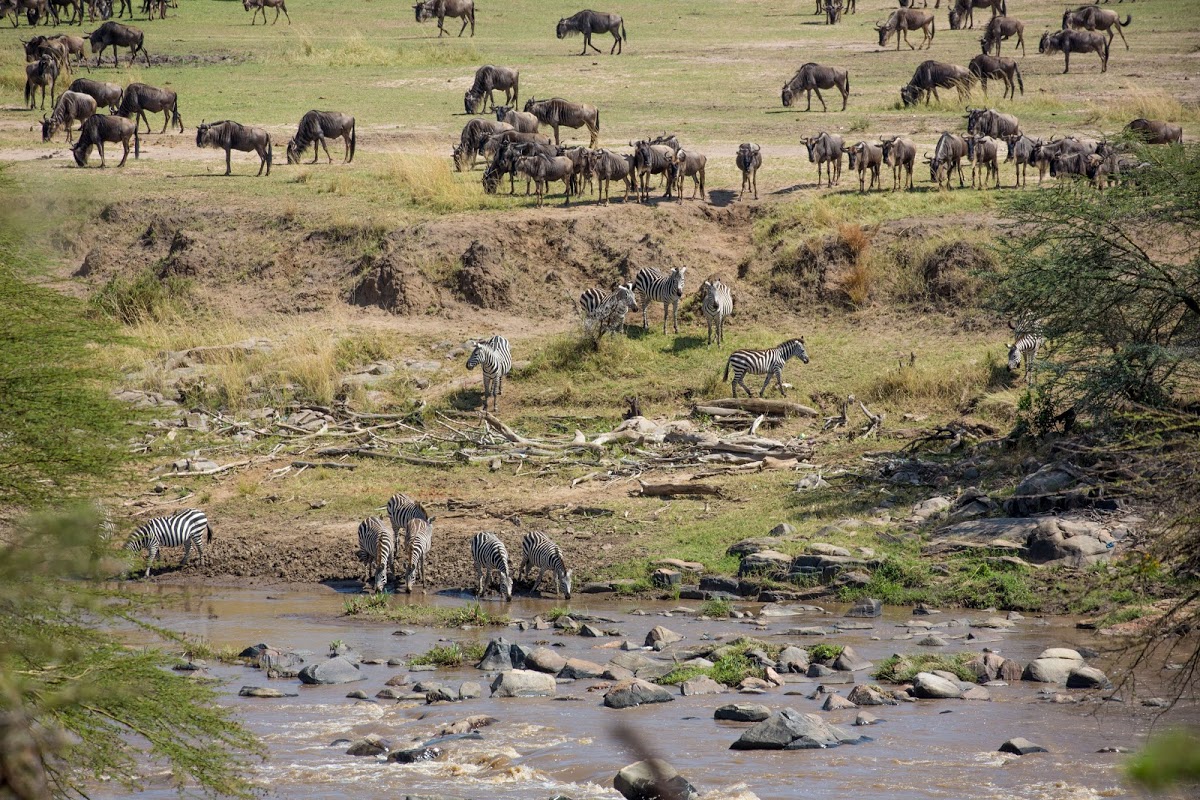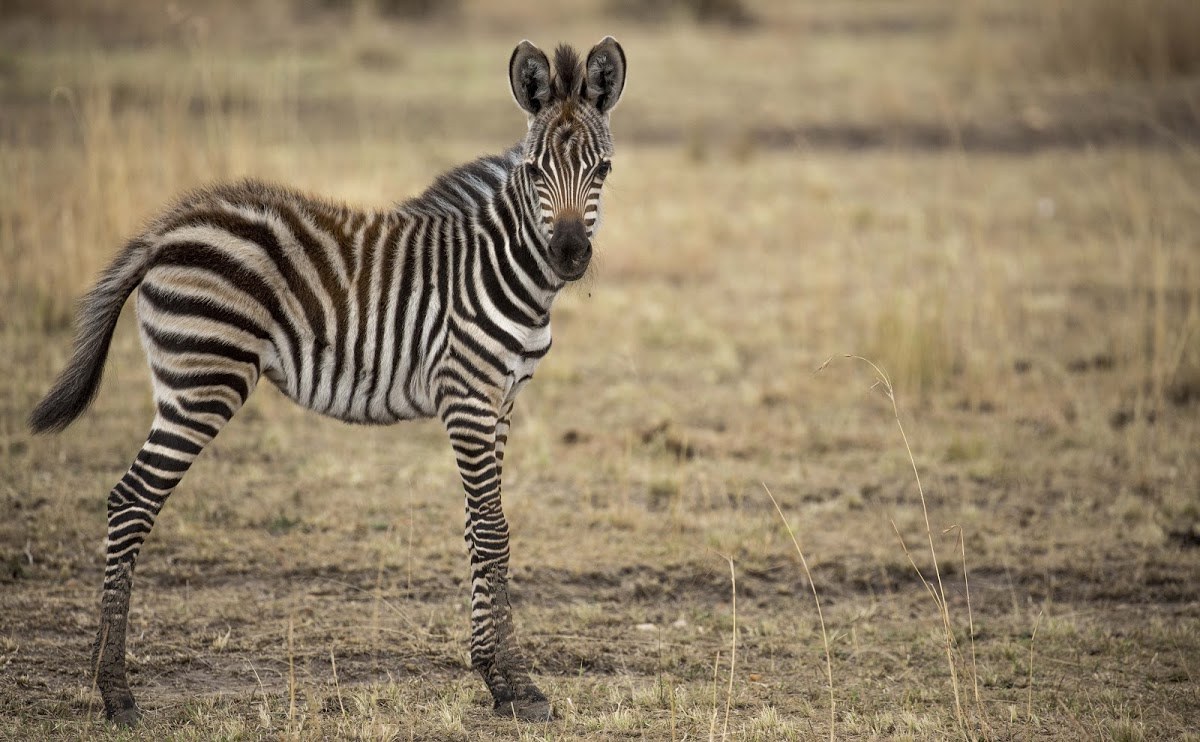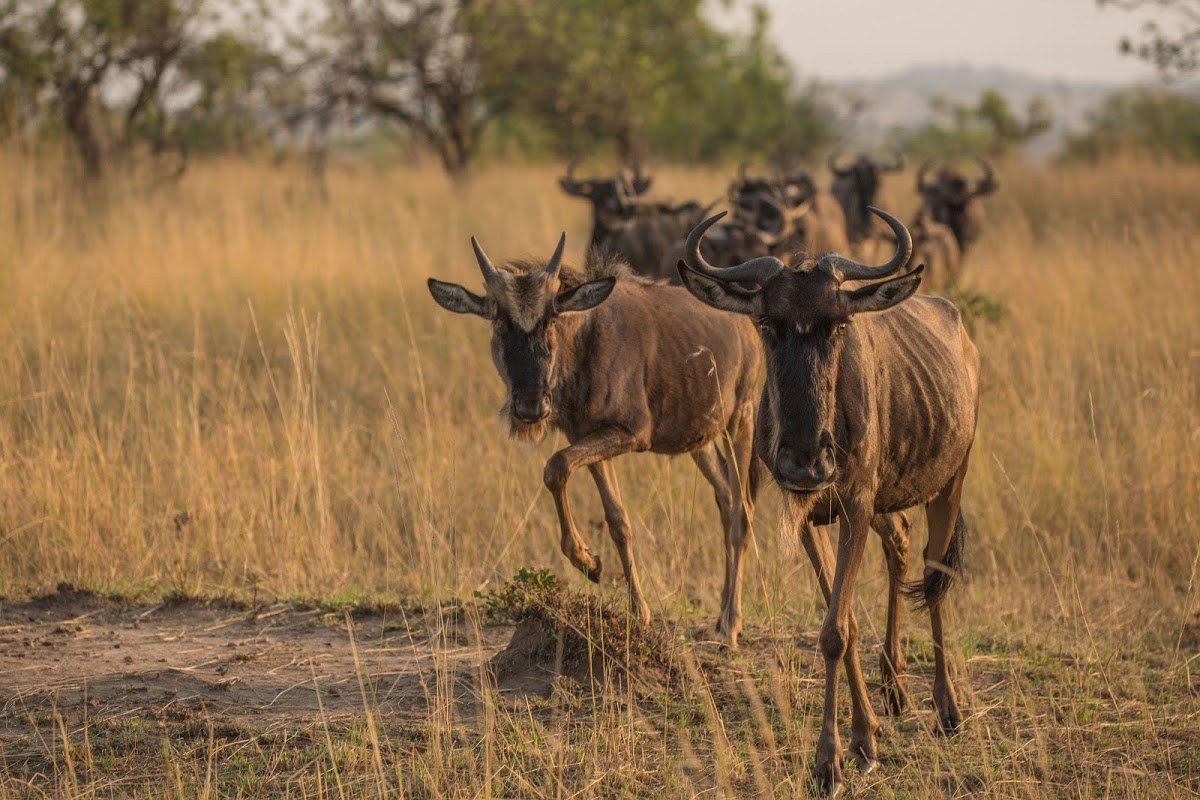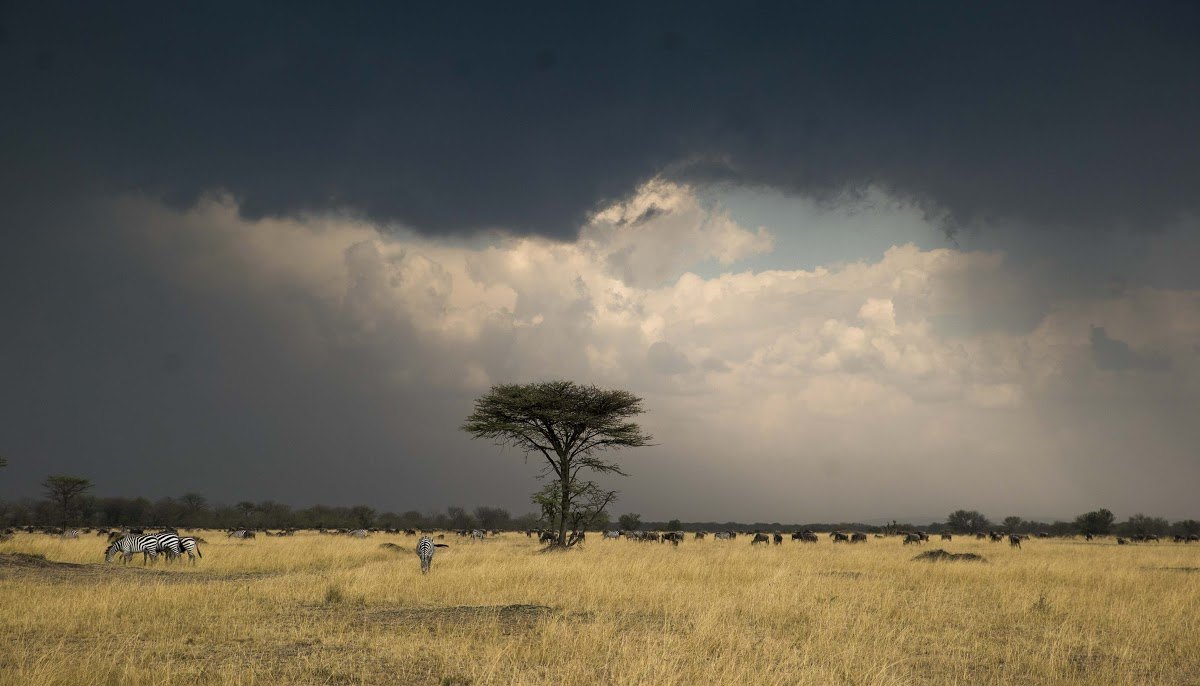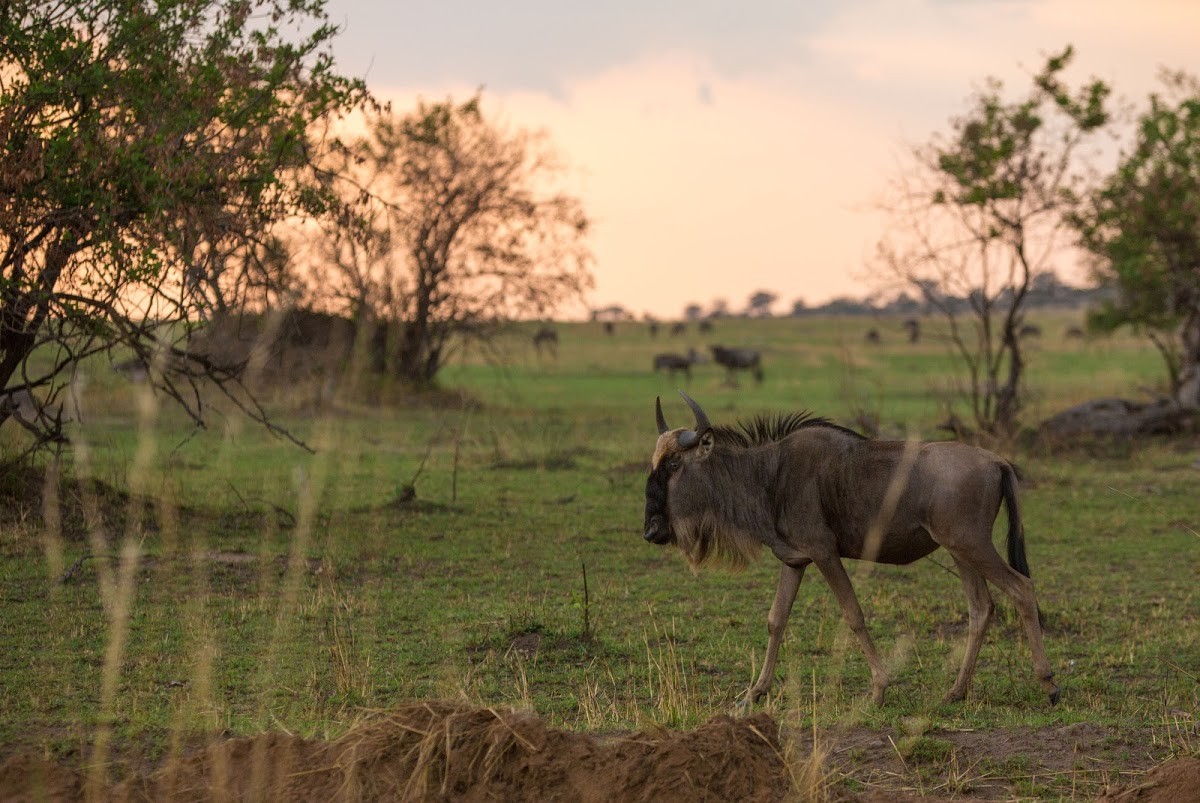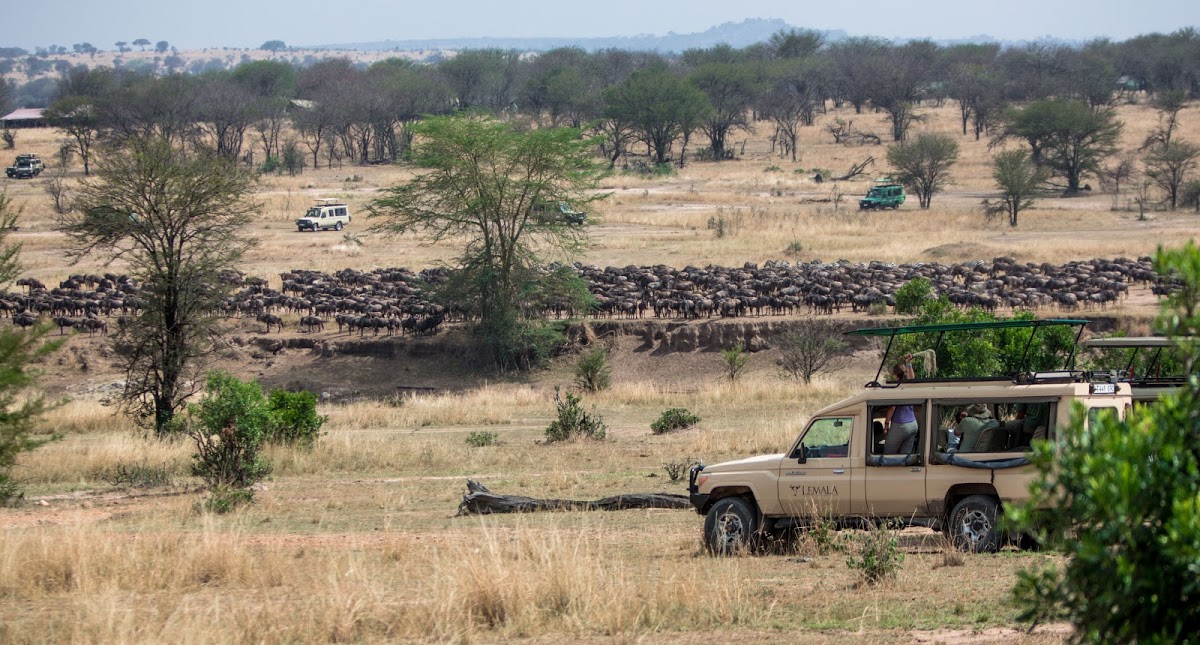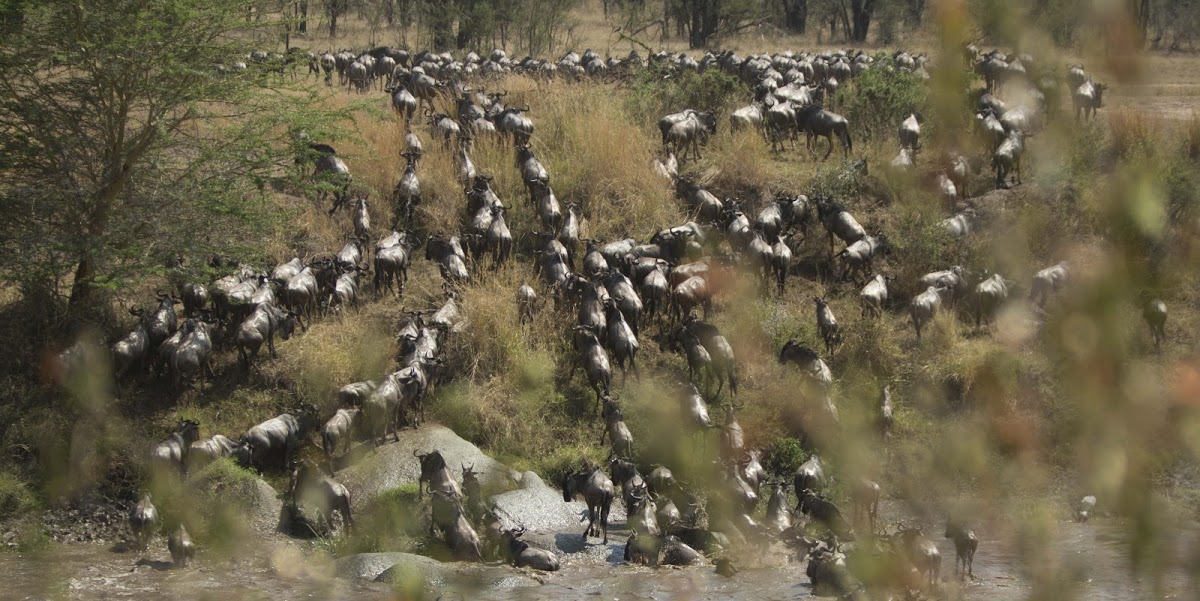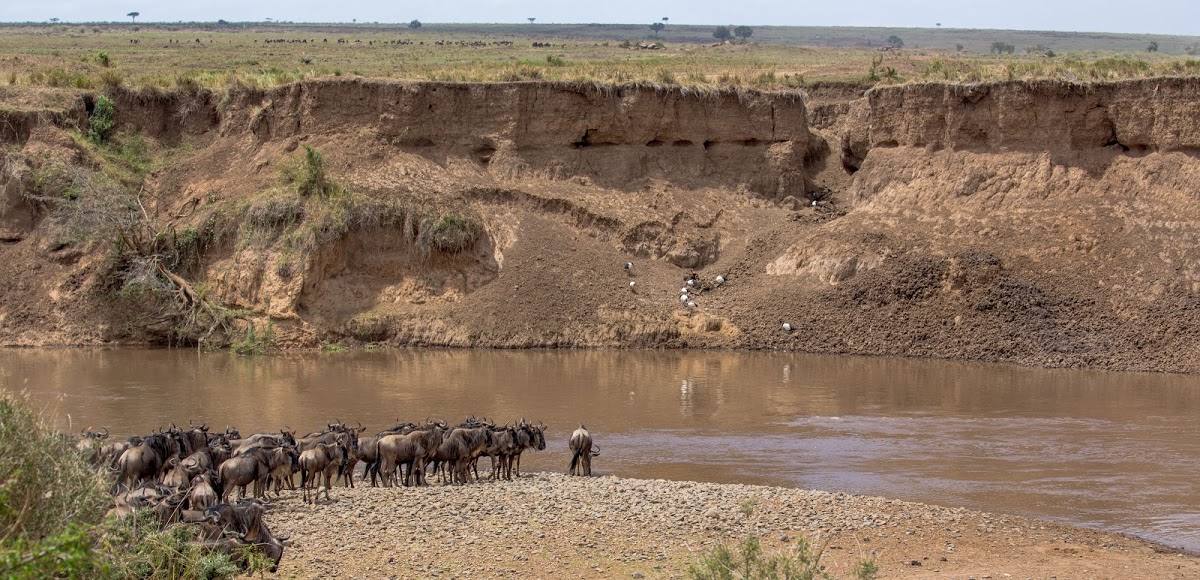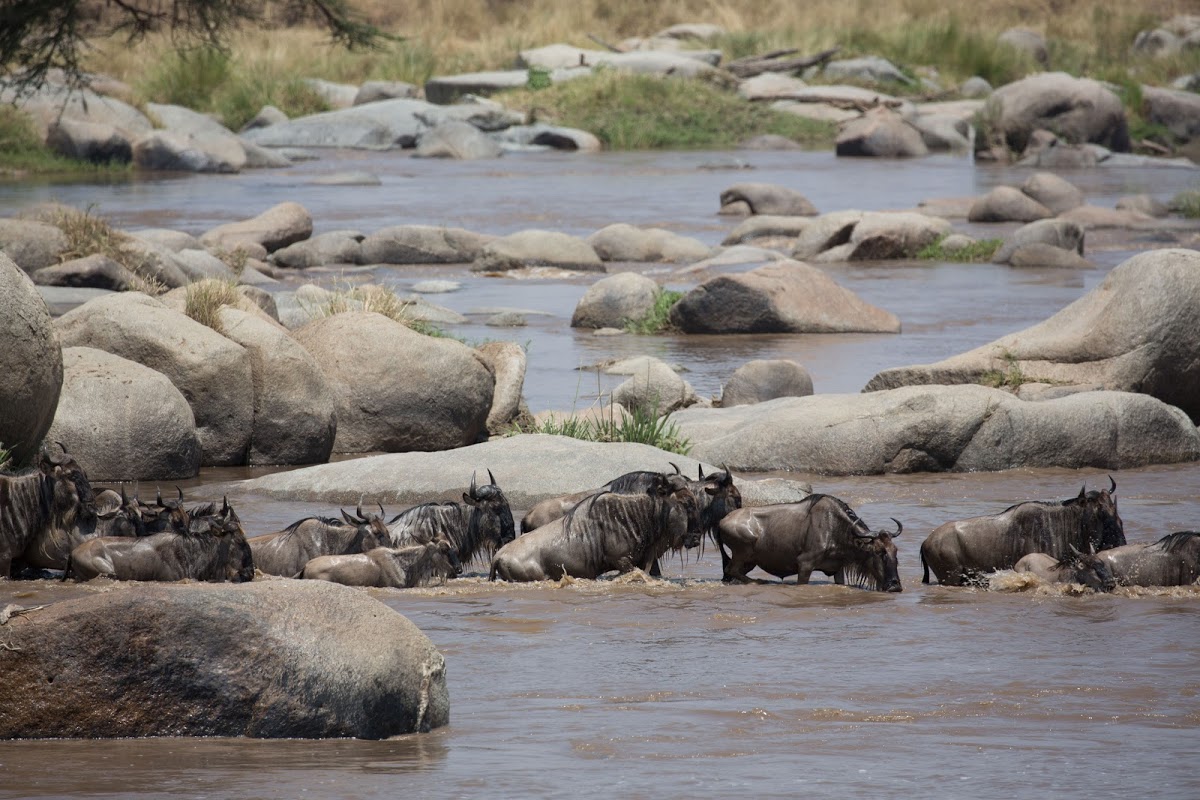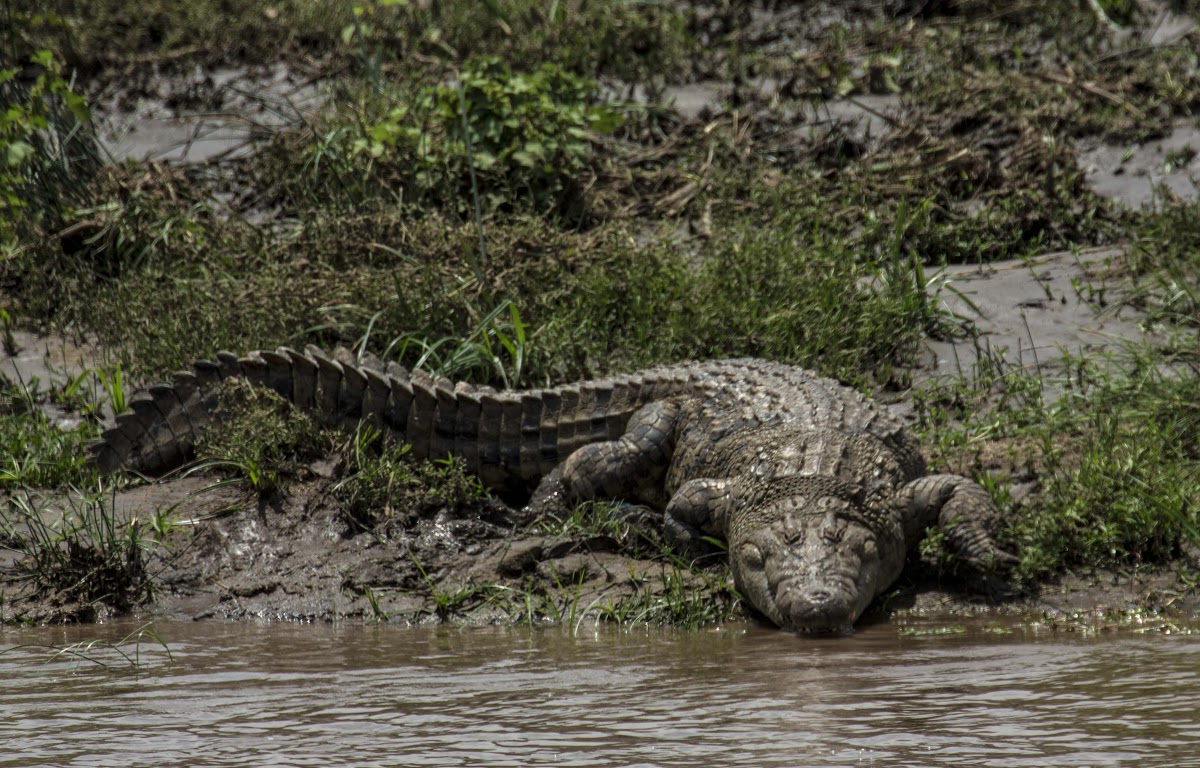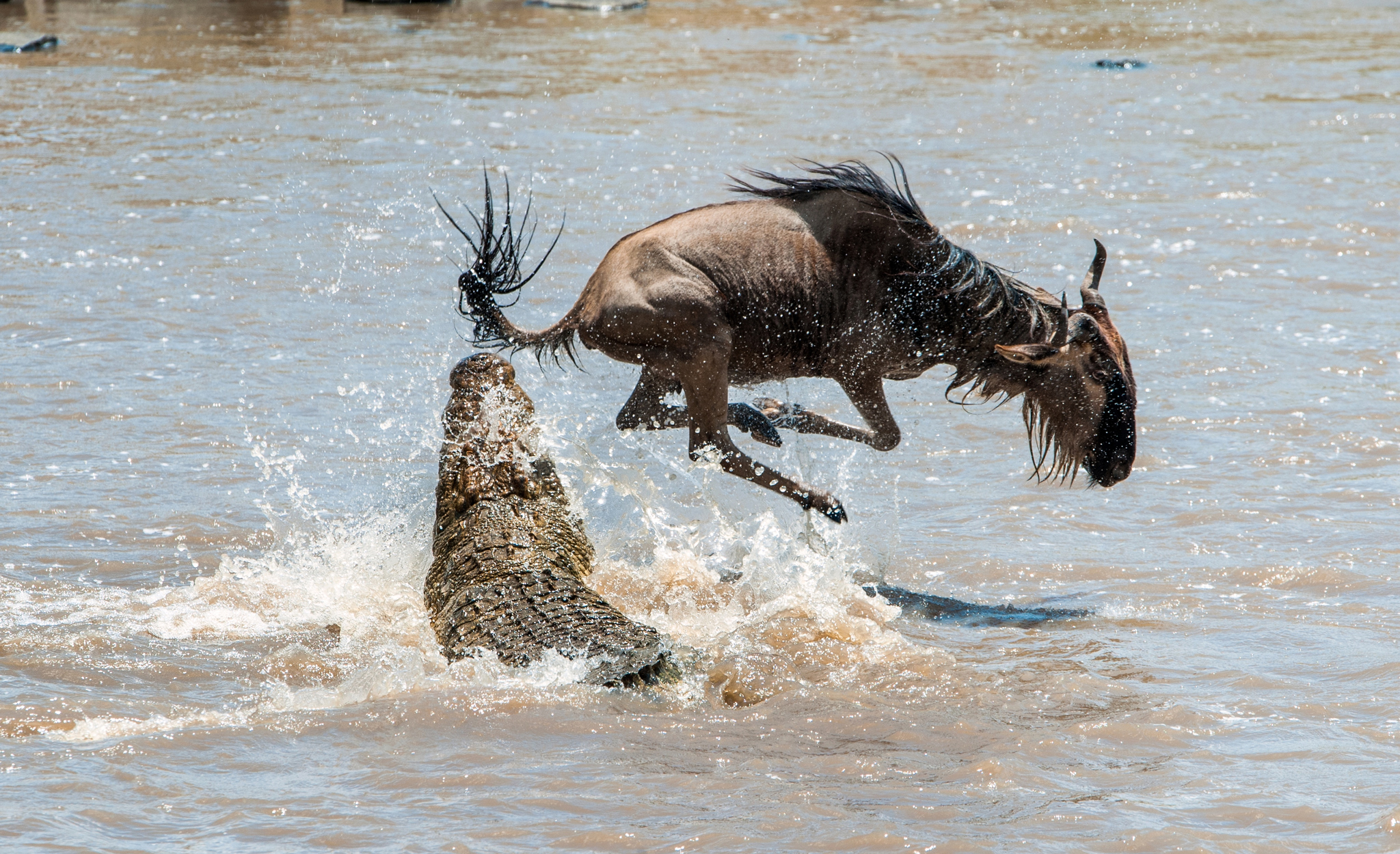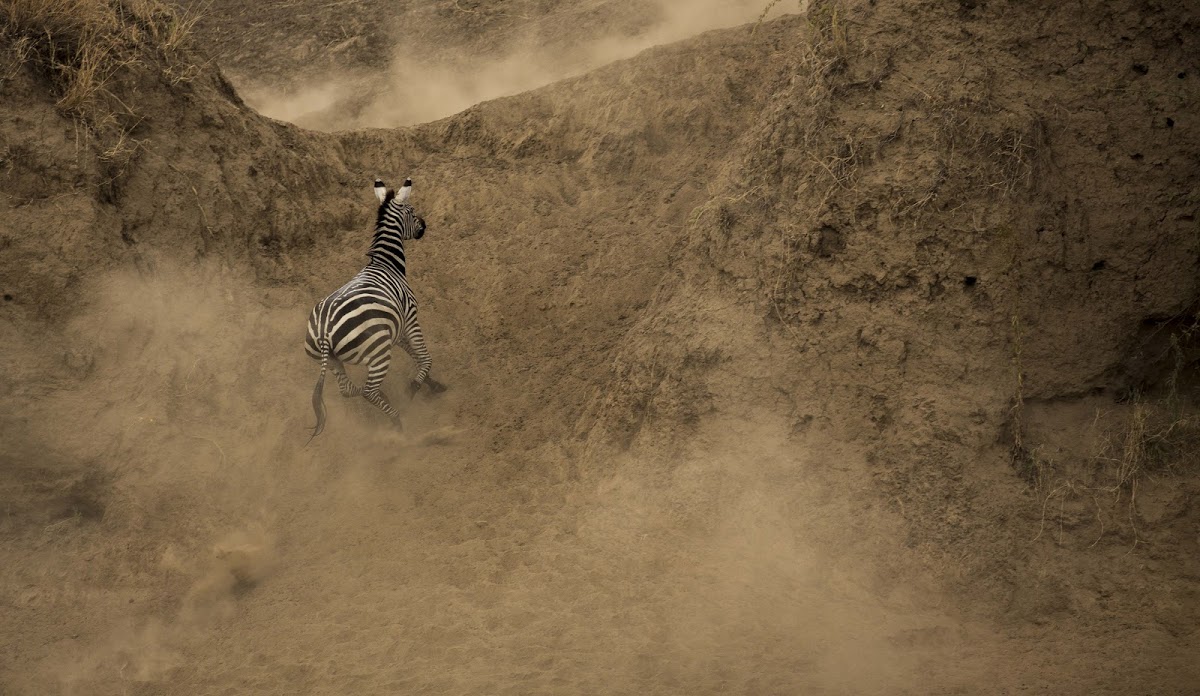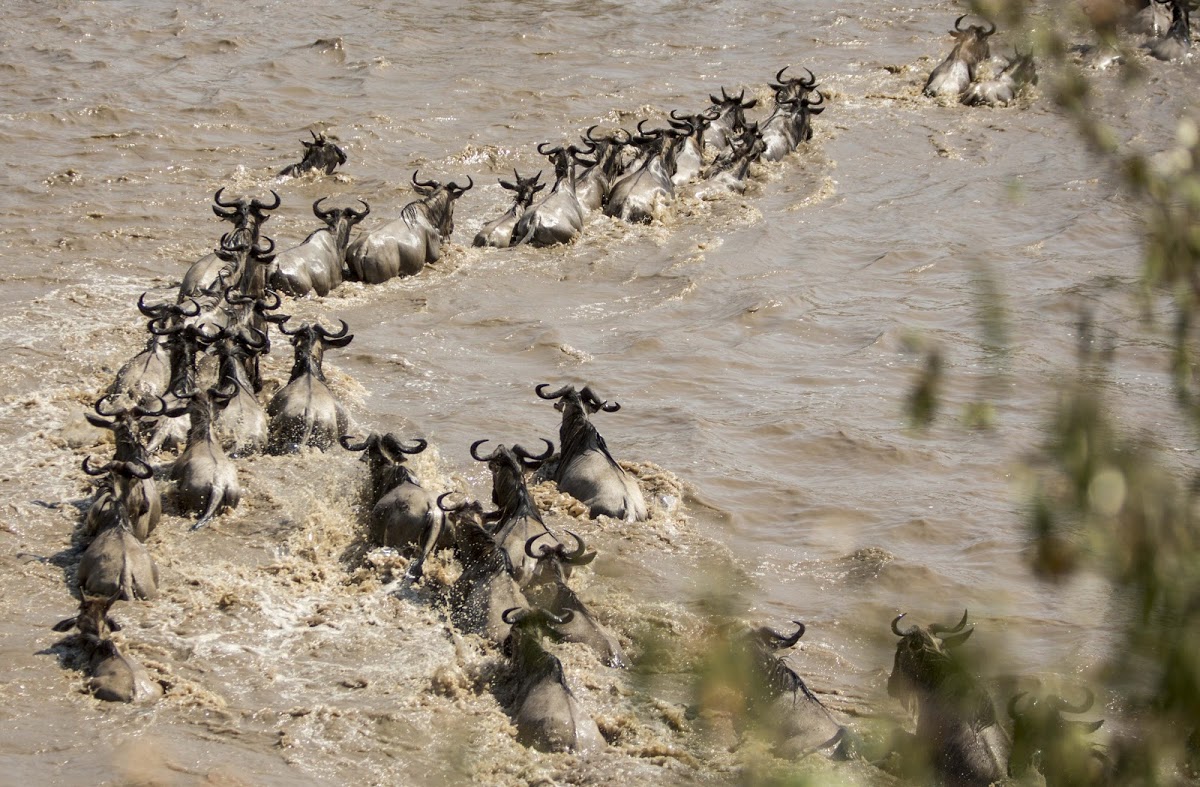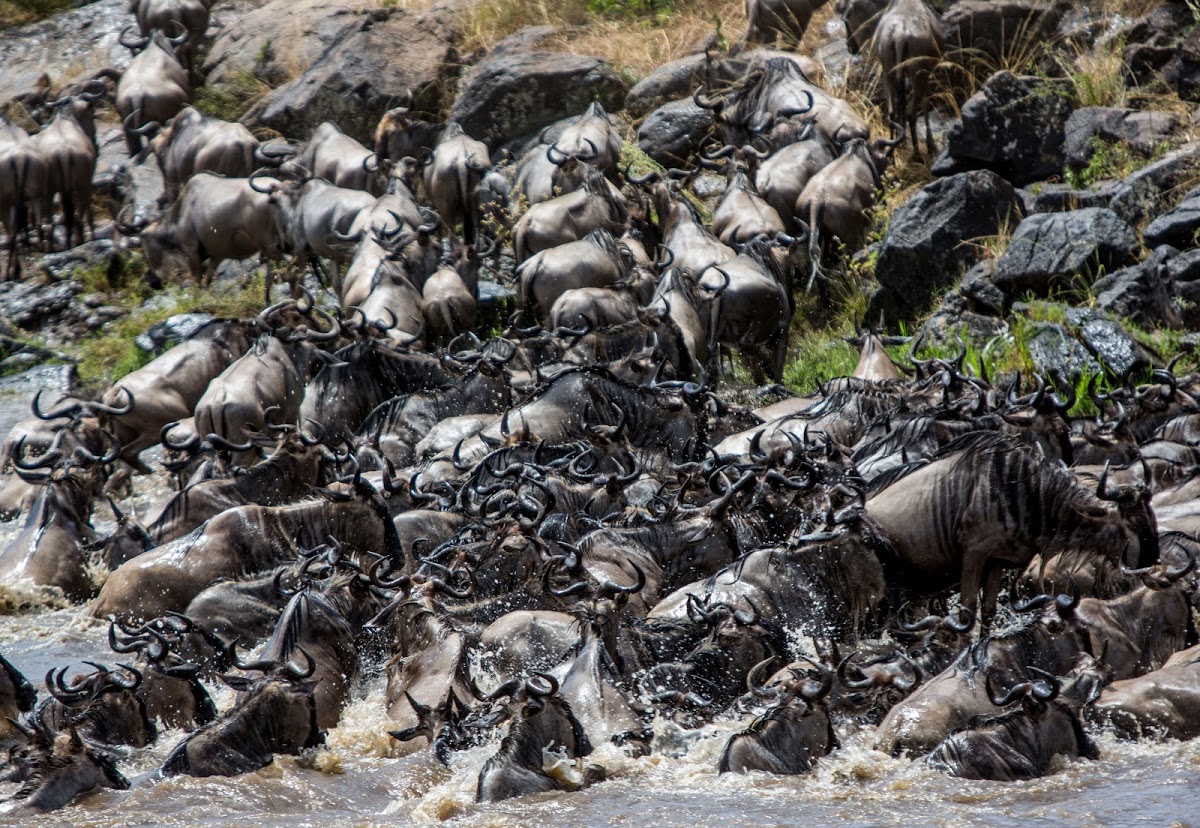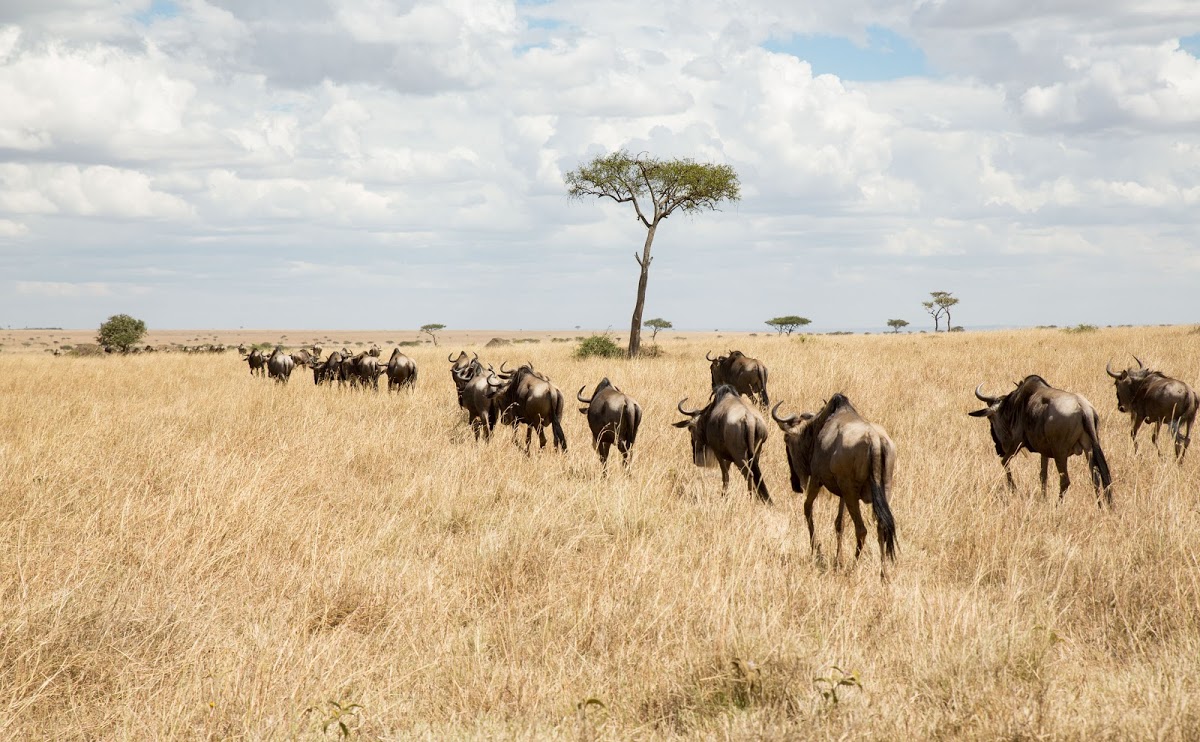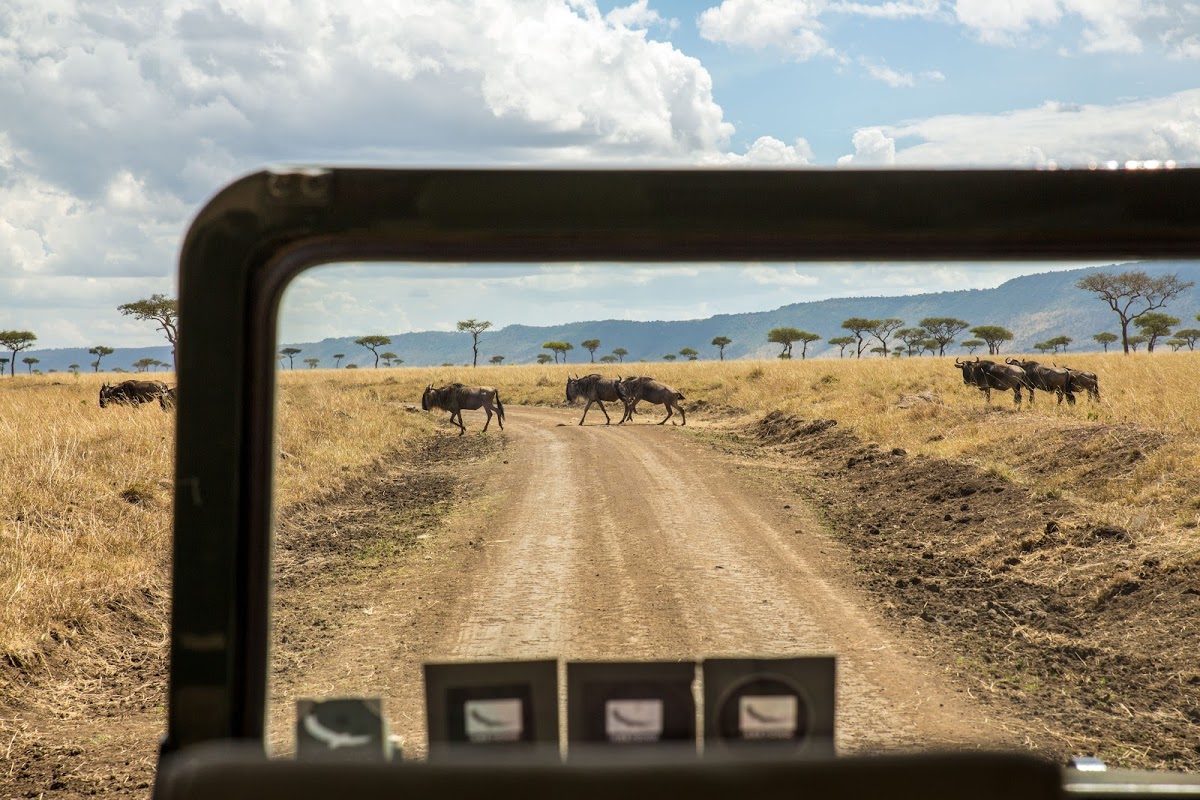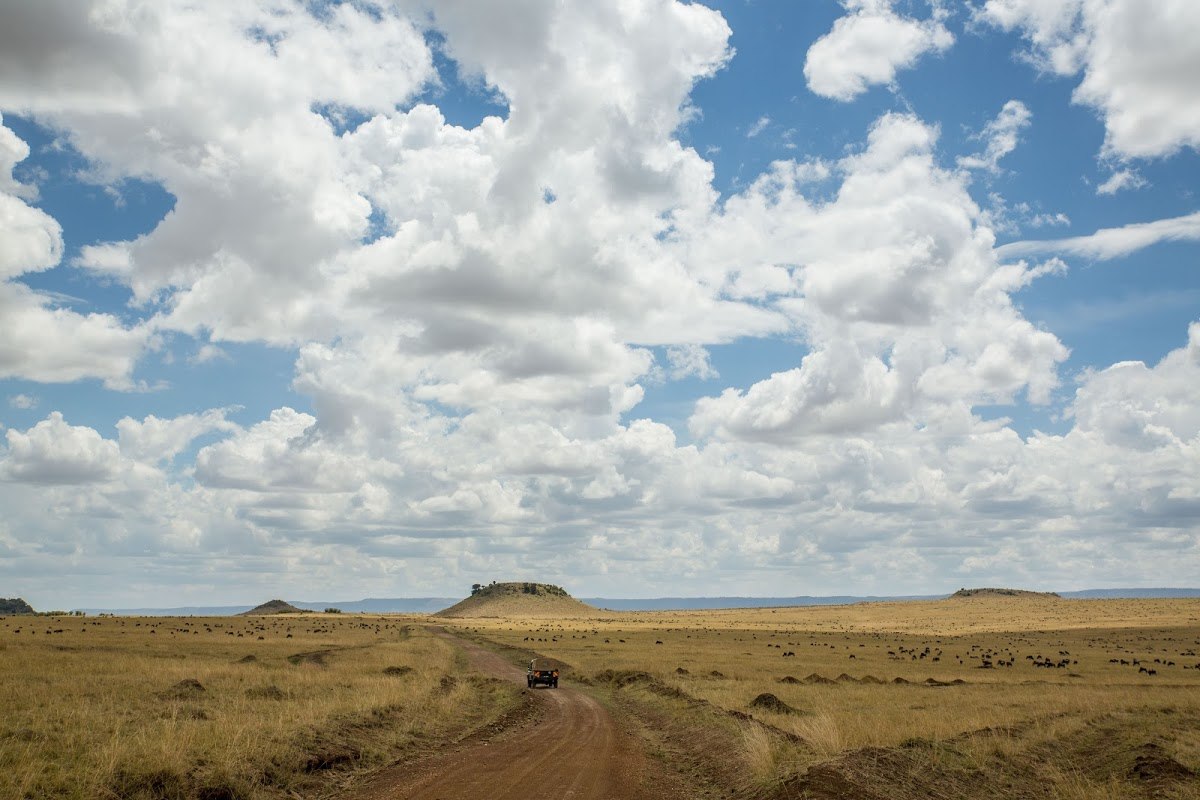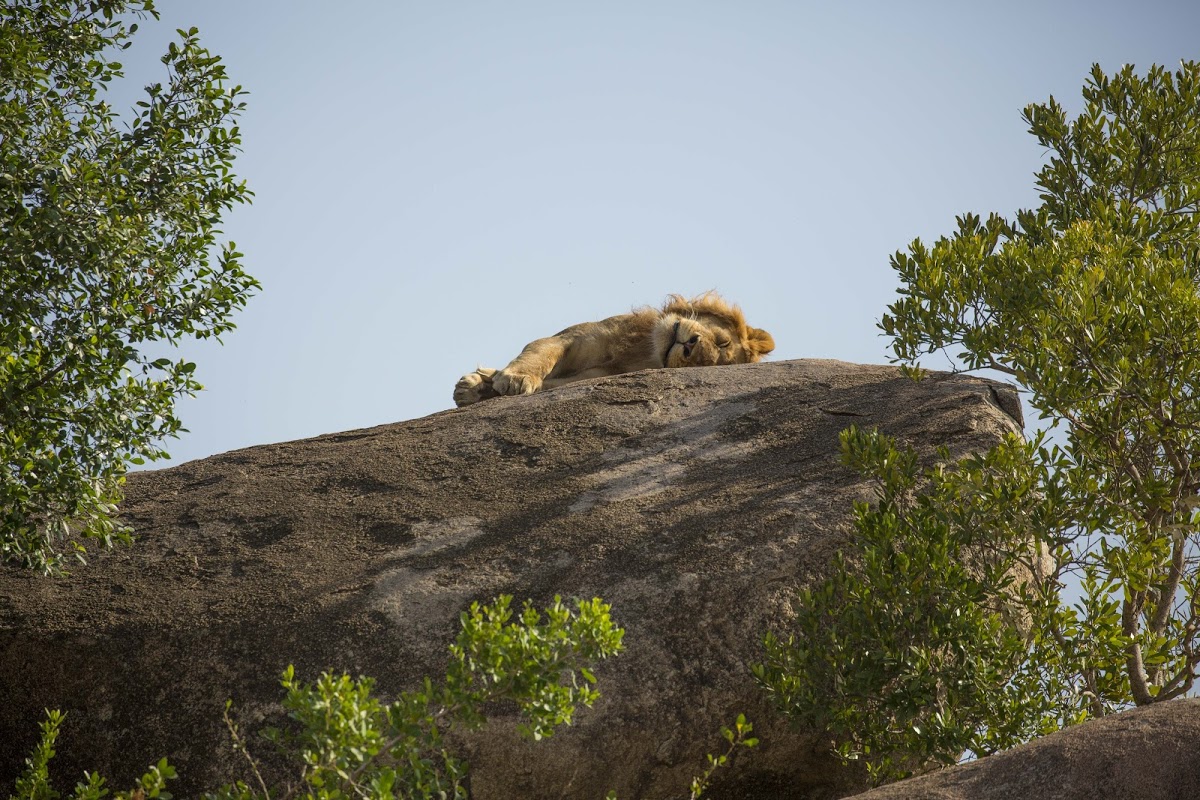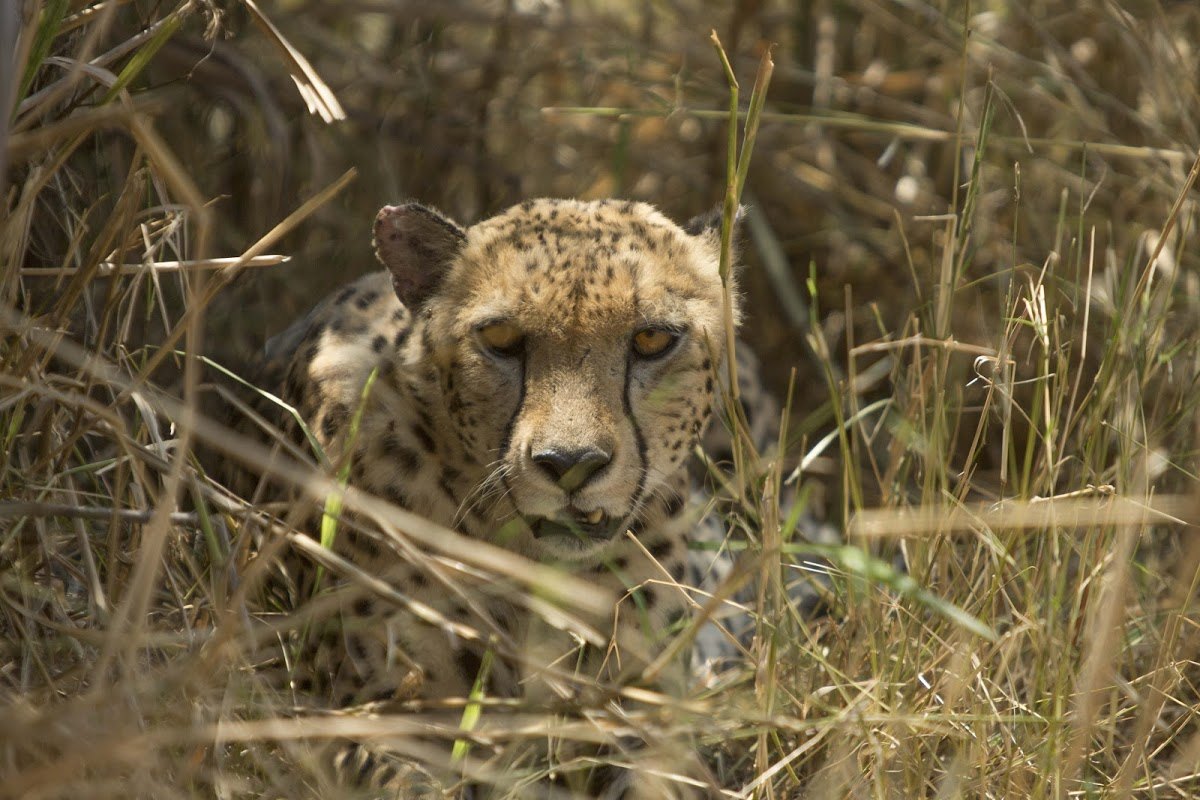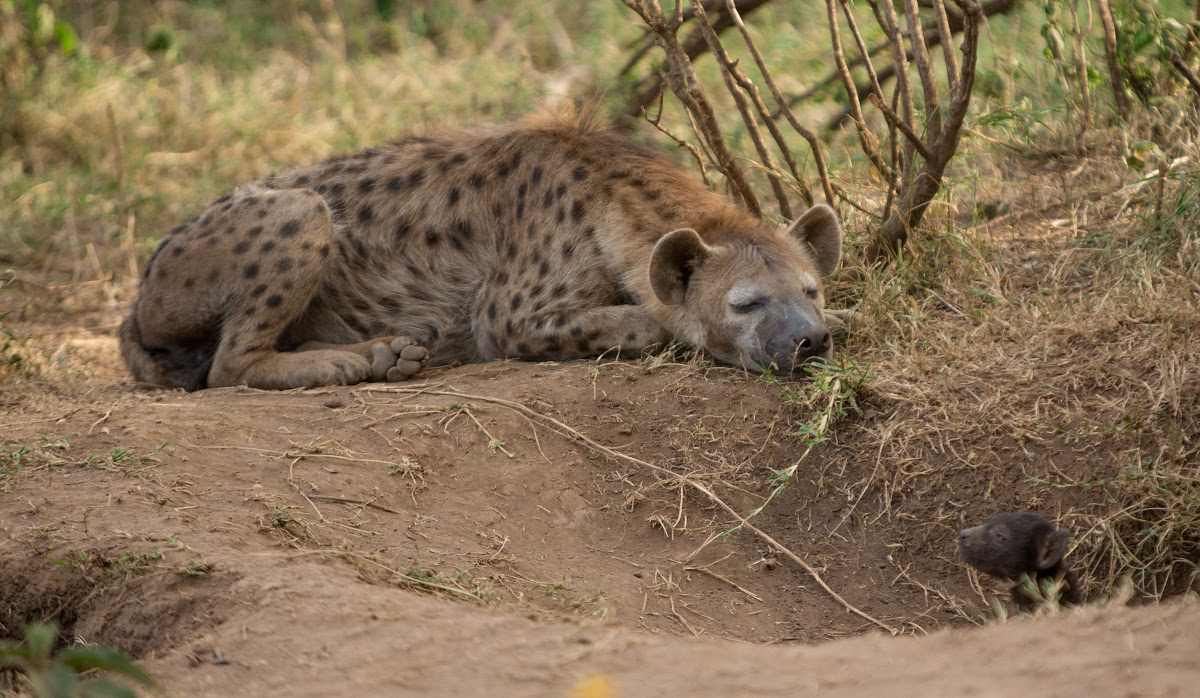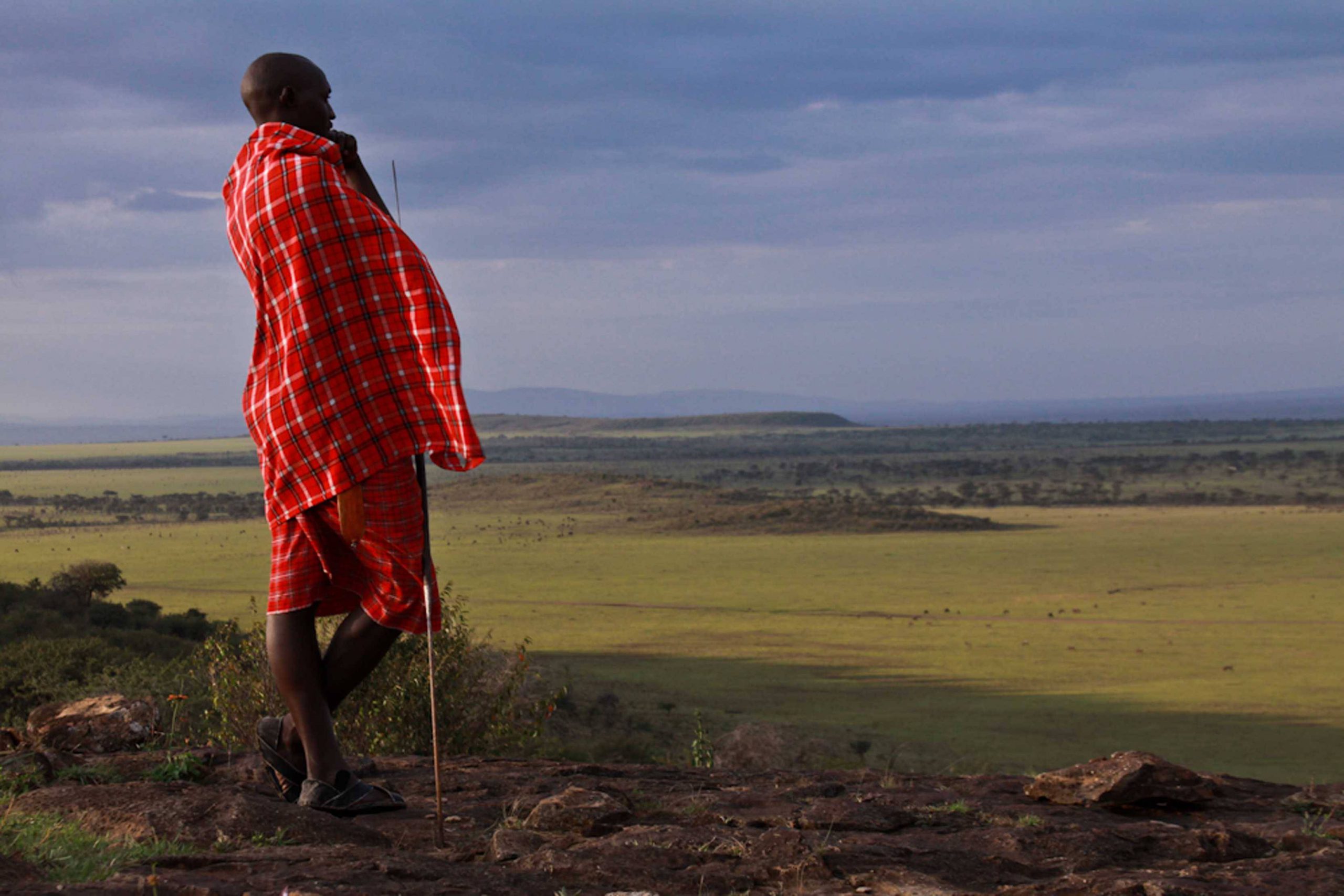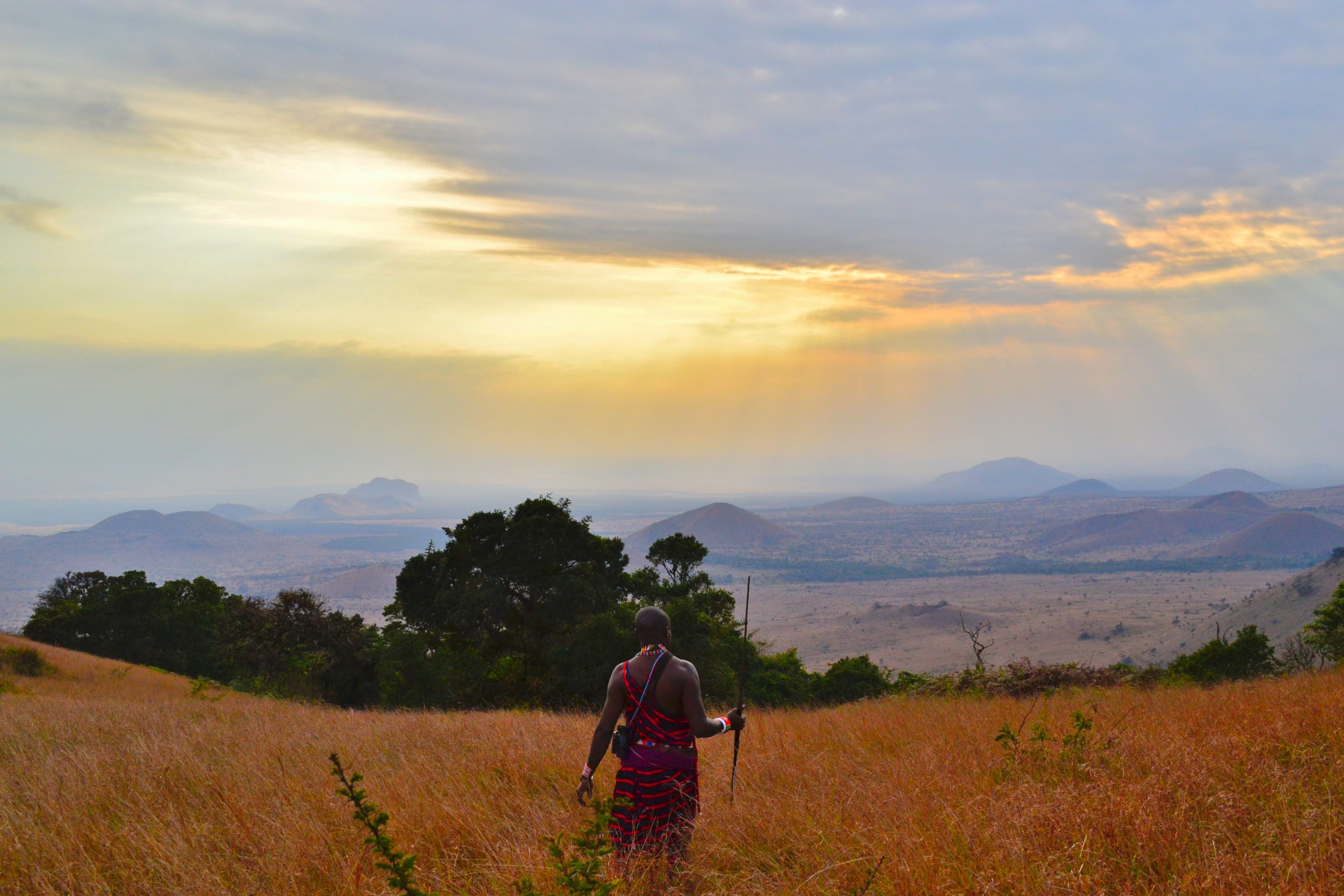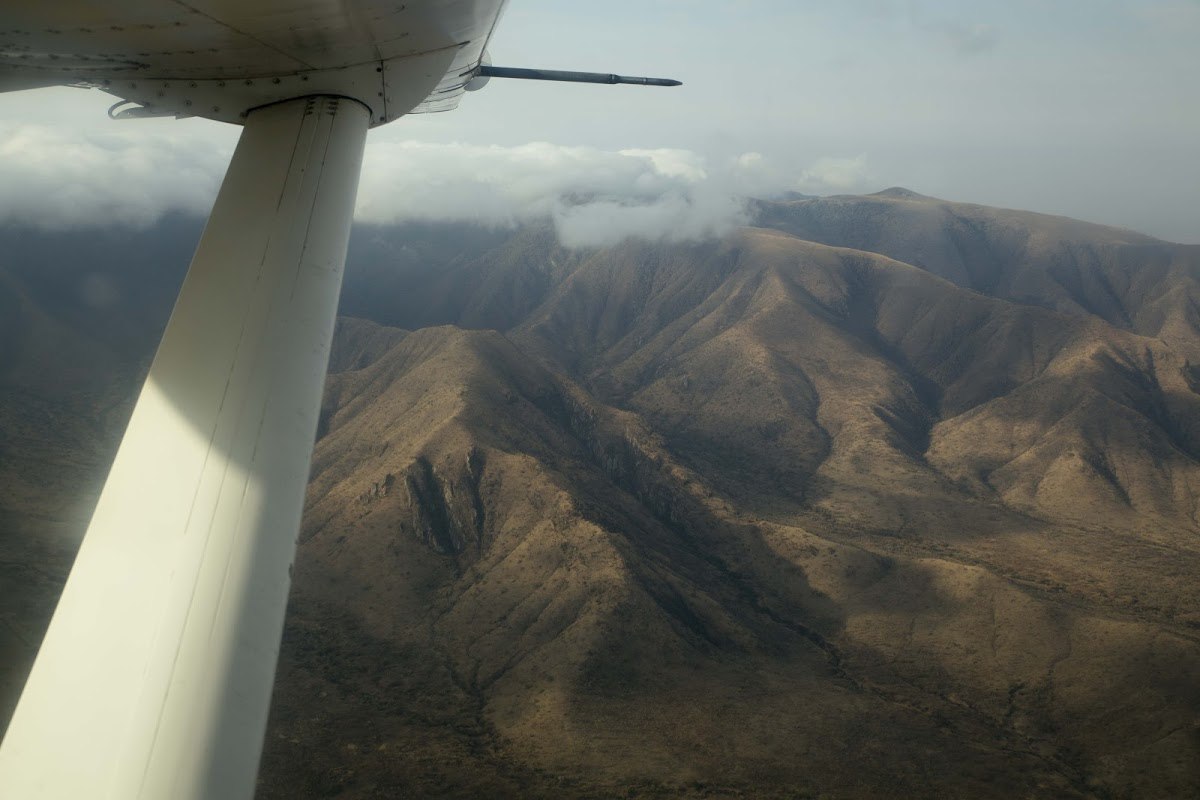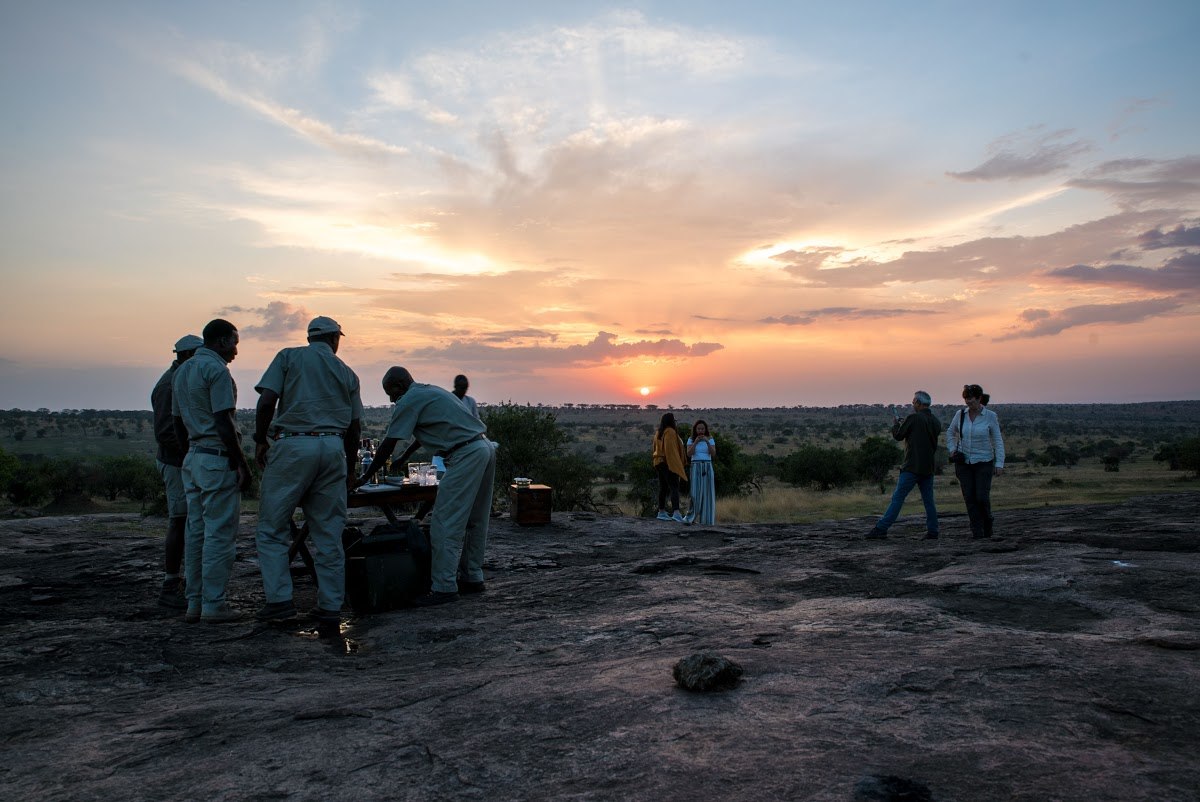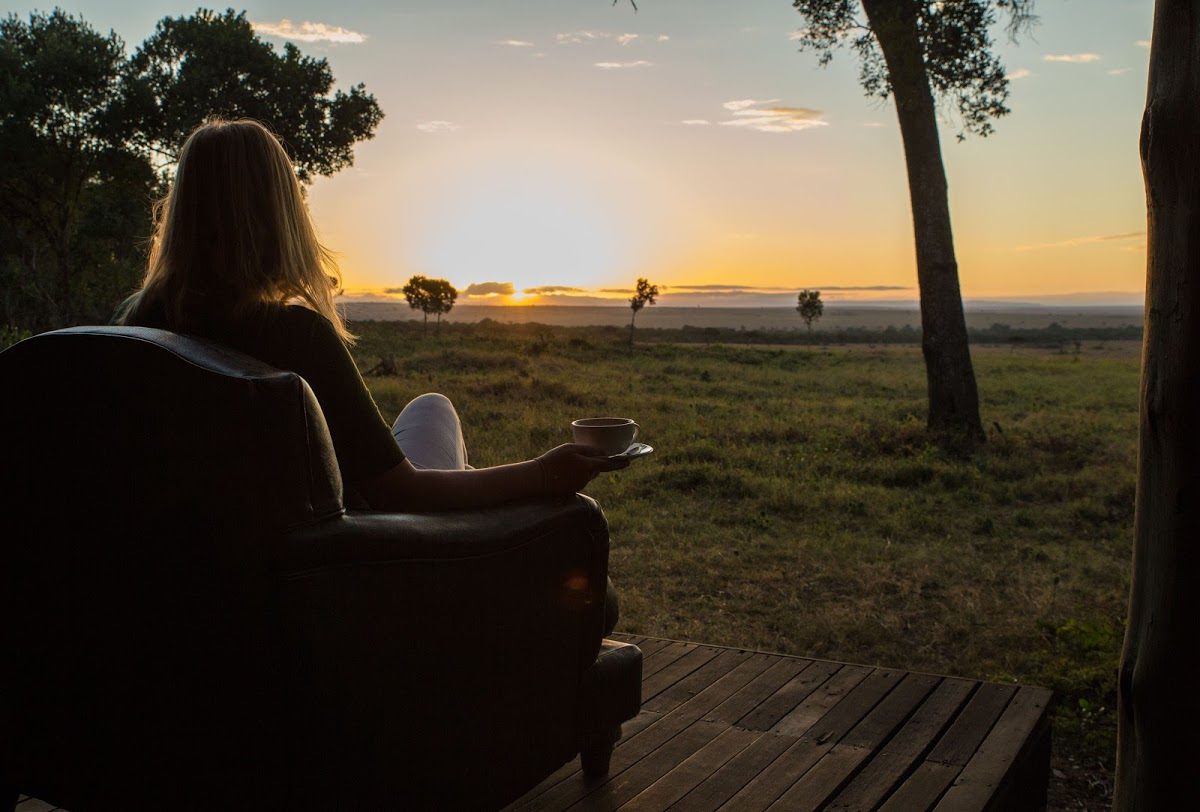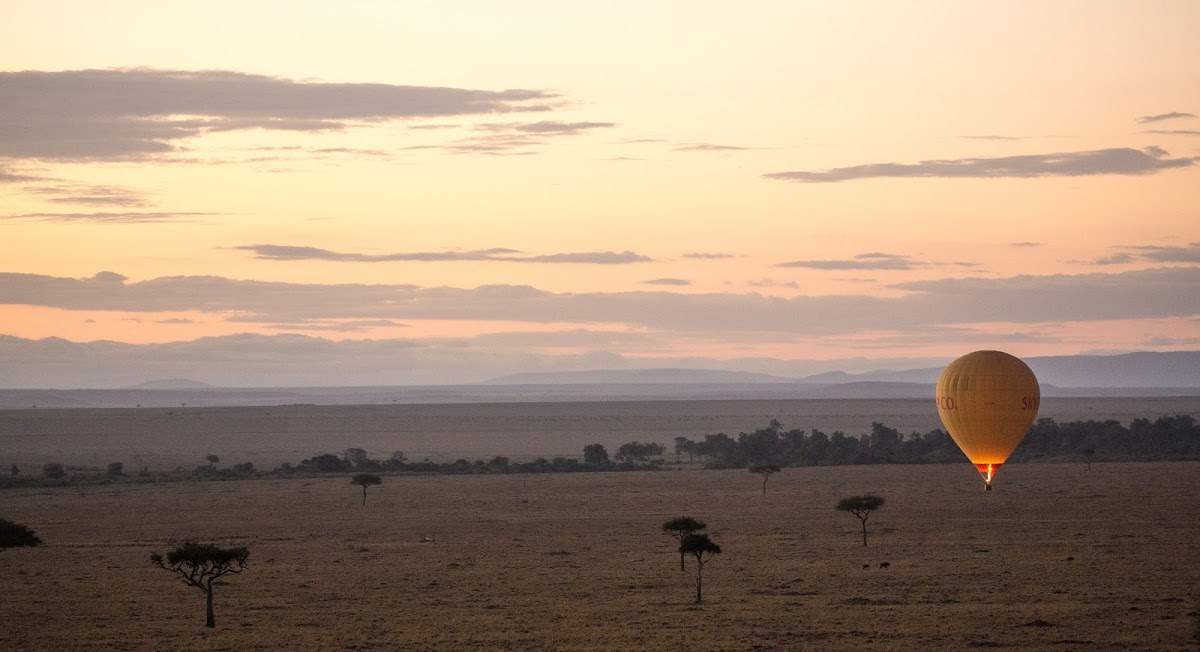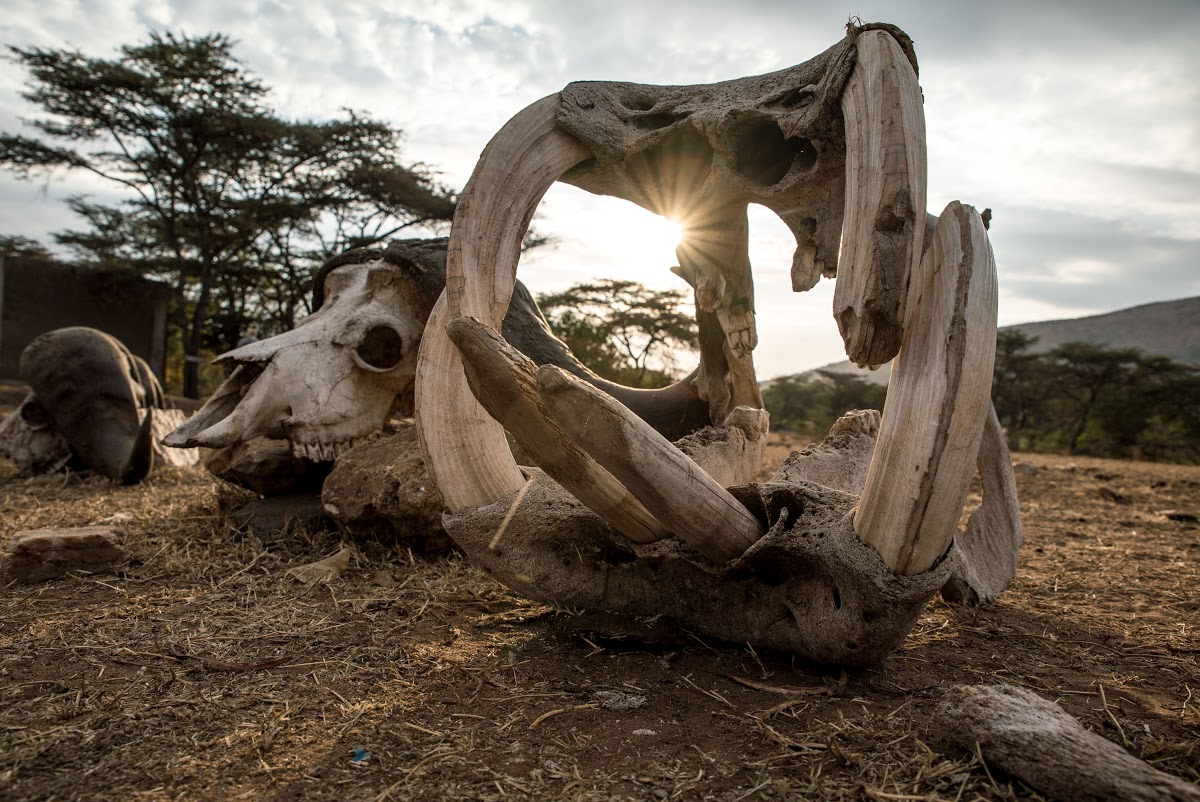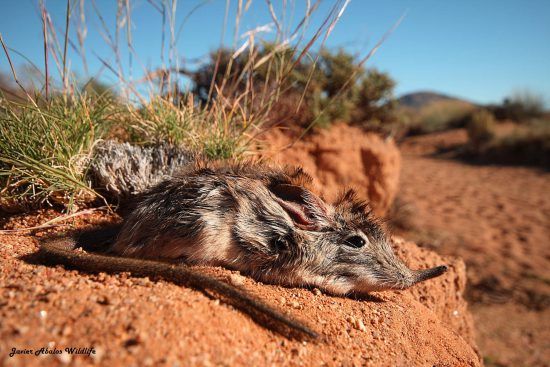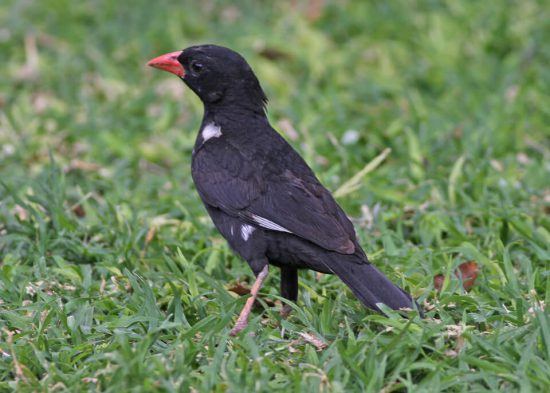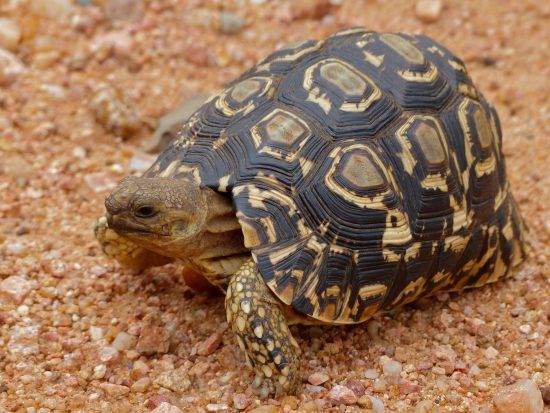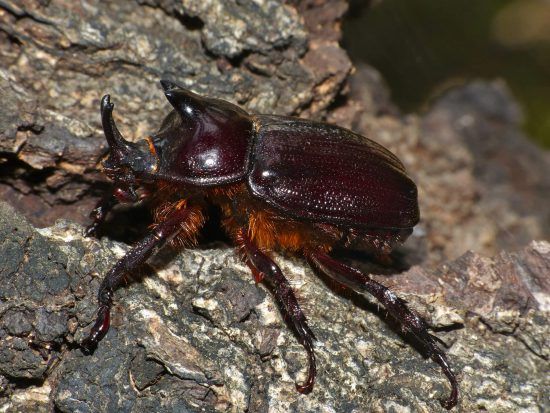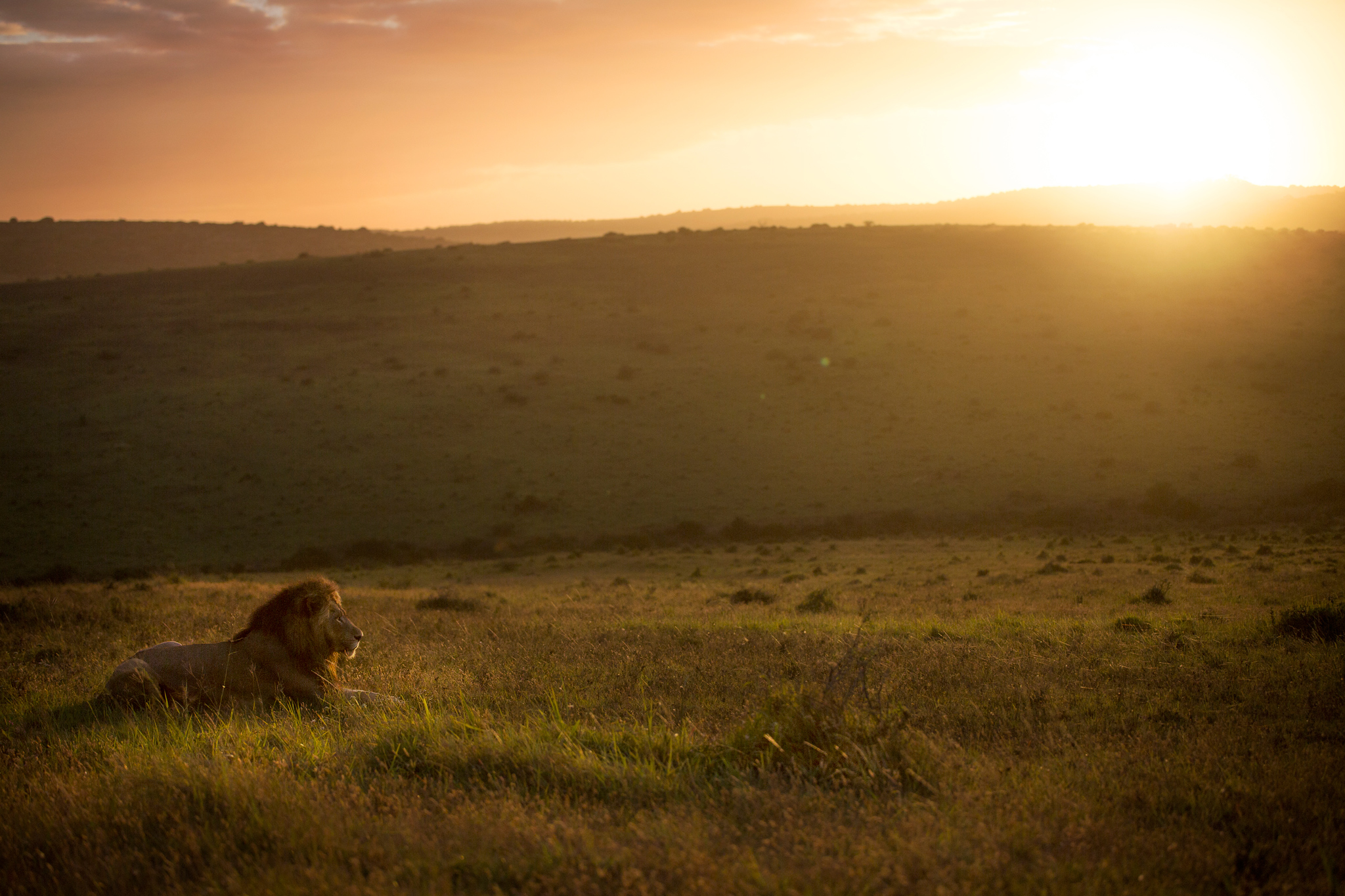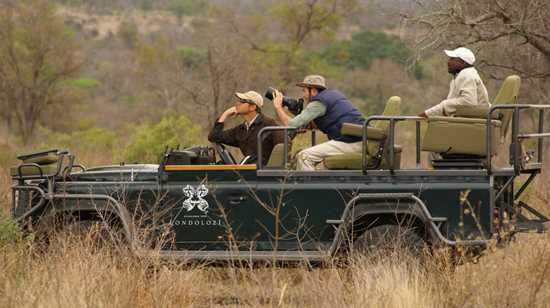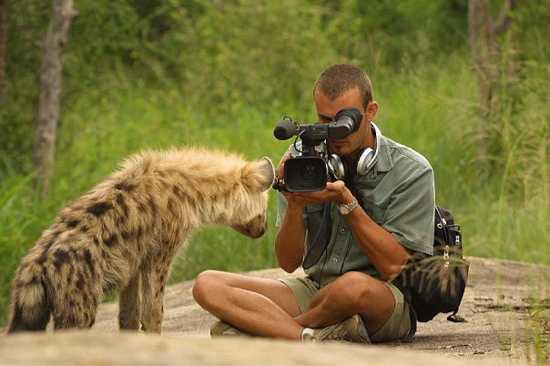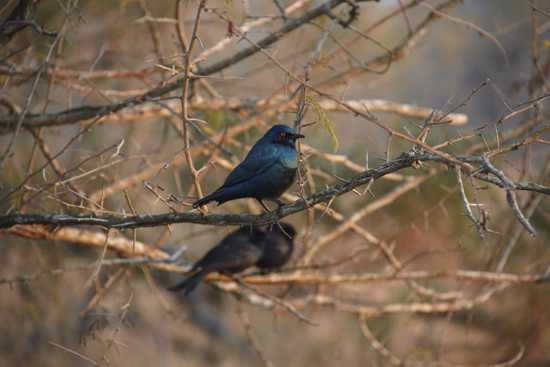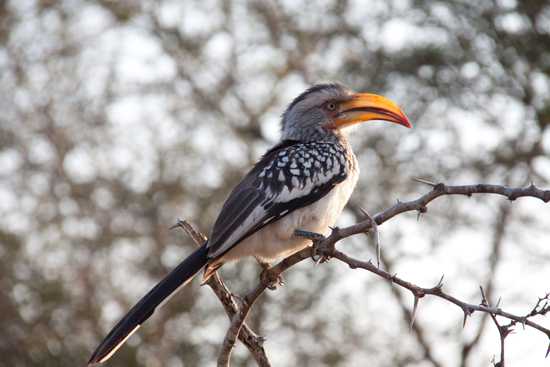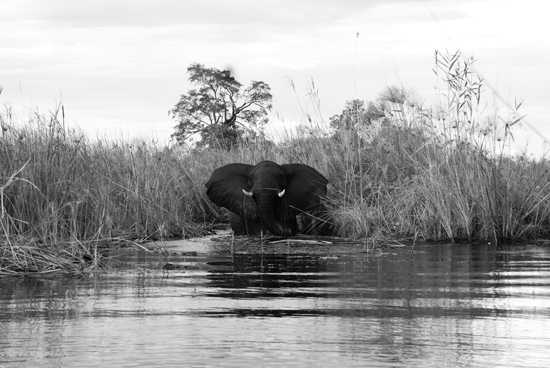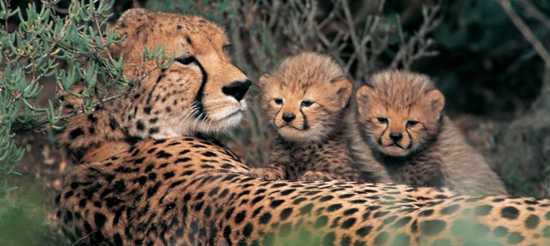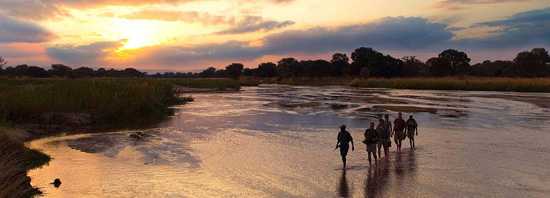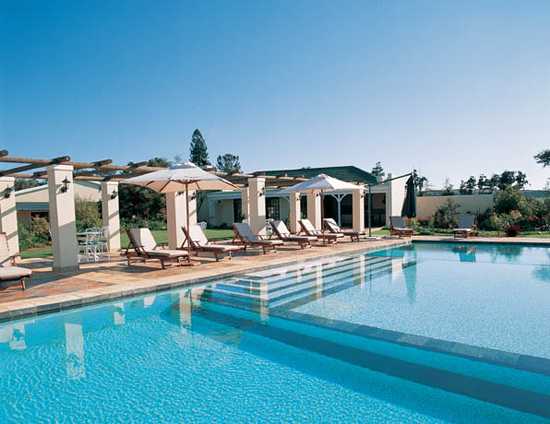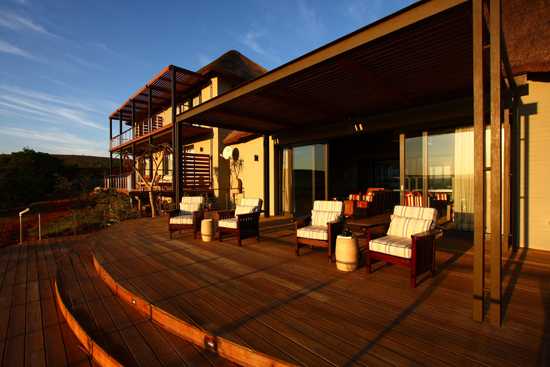“A leopard attacked a bush buck in our dining room in February”, our guide from Klein’s Camp said, and my colleague’s eyes grew round like orbs at the thought.
This was our introduction to this remote member of the &Beyond portfolio, a luxury safari lodge resting on the edge of the Kuka Hills in a private concession, Loliondo, bordering the Serengeti National Park.
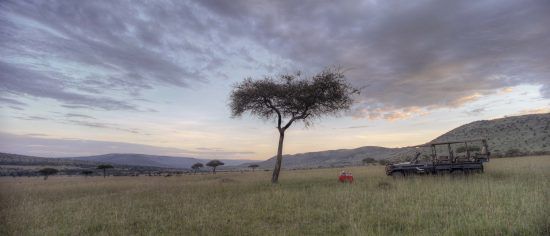
Rhino Africa recently visited this camp on a whirlwind East African adventure which saw it hop from different camp to camp through the Serengeti and the Maasai Mara. Klein’s Camp was the midway point, perfectly snug between Tanzania and the border of Kenya.

Rhino Rating:
4/5
Where?
Serengeti National Park, Tanzania
Why?
Klein’s Camp’s is found in a private concession, quite near to the Maasai village of Ololosokwan, which means some of the guides and trackers at the lodge are local Maasai. The camp’s location gives guests access to the Serengeti where, in season, full-day excursions can be taken in search of Mara River Crossings, but it also allows night drives and walking safaris which aren’t permitted in the park. You’re bound to feel as though you have this piece of the Serengeti all to yourself.

Who?
The Seasoned Safari Goers
You’ve seen the Big 5 and you’ve watched the Great Migration. Now what? Klein’s Camp is the perfect place for seasoned safari goers to marvel at the more unnoticed wildlife in the Serengeti. On one of our night safaris, we were lucky enough to watch a serval successfully stalk and hunt a small rodent.
The Off-the-Beaten-Track Types
Klein’s Camp seems a world away from the Serengeti National Park and you won’t come across any other safari vehicles here other than your own when exploring the concession.
The Lovebirds
Is there anything more romantic than feeling all alone in the wild? Klein’s Camp’s large rooms, private patios, and magnificent views are sure to set the mood.
The Naturalists
Each suite at Klein’s Camp features drawing pencils, a canvas, and sketchpad. Take to the bush and let your inner artist come out on safari or while watching bush buck from the comfort of your porch.
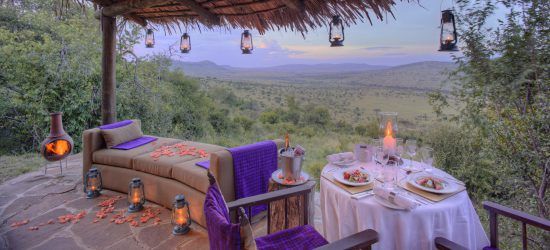
At a Glance:
Our guide assured us, when we drove away from Lobo Airstrip where we landed, that despite the hungry leopard spotted a few months prior, the camp was perfectly safe and Maasai guards were on hand to escort us to and from our rooms. ‘Lobo’ is the Maasai word for ‘one’, and legend has it a lone Maasai lived in a cave in this part of the park in the 1950s. Our guide pointed to the cave in question en route to camp.
The beauty of a stay at Klein’s Camp is that it perfectly complements any of the other safari options in the Serengeti (such as Serengeti Under Canvas where we’d just been), with its Maasai guides, privacy, and the advantage of not being bound by the park’s rules which don’t allow night drives and bush walks.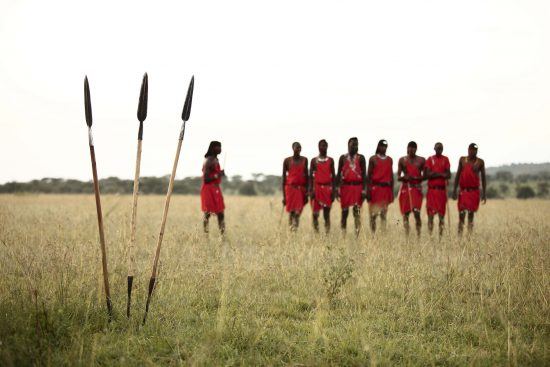
Best Time to Go:
Numerous plains game move into the concession between June and August, flooding the savannah with wildlife. This is a great time to visit if you’re in search of the zebra and wildebeest who don’t really stay in the area for the rest of the year.
That said, there are plenty resident animals to see from cheetah and giraffe to leopard who live there in abundance. Full-day excursions are taken to the Mara River when the Great Migration move into this area, but it is a long trip which takes about 3 hours to get there and back, excluding the time spent at the river, hoping to see a crossing.

How to Get There:
Lobo Airstrip is a convenient and scenic drive away from Klein’s Camp and is served by light aircraft transfers which come in from Arusha Airport. The closest international airport to Arusha is Kilimanjaro International Airport.

Visa Information:
All travellers entering Tanzania will require a visa, although citizens of select countries may be issued a visa upon arrival. We encourage all prospective visitors to contact their nearest Tanzanian Embassy or Consulate to find out whether they need to apply before or not.
Facilities & Amenities:
Each guest has the benefit of a private butler, complimentary laundry services, a WILDChild kids programme to keep tykes over the age of six entertained, and a gorgeous lounge area, complete with an indoor fire and the most spectacular views of the valley below. Wi-Fi is found in all areas around camp and active guests can cool off in the pool or make use of their Gym-in-a-Bag.
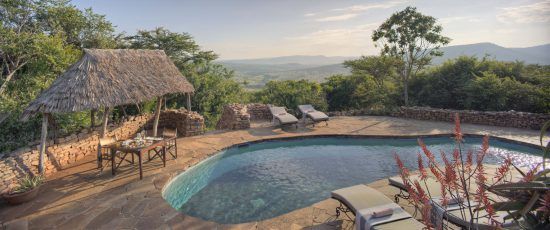
Rooms:
Don’t be surprised when you happen upon a startled bush buck as your Maasai guard escorts you along winding paths to your room. 10 rooms make up camp, including 1 family suite and all feature welcoming wooden floors, classic safari decor, thatch roofs, and large bathrooms.
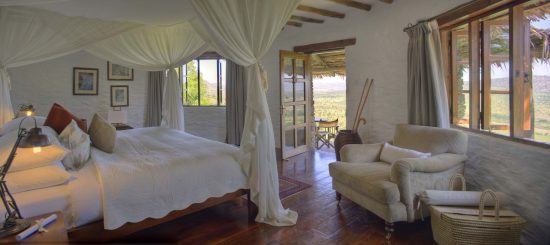
Activities on Offer:
Included in Price
- All meals, house alcoholic and non-alcoholic drinks
- Safari activities
- Laundry service
- Transfers between Lobo airstrip and Klein’s Camp
- Emergency evacuation insurance
Additional Cost
- Telephone calls
- Safari shop purchases
- Gratuities
- Champagne, cognac, fine wines, premium brand spirits and cigars
- Tourism Development Levy
- Park and conservancy fees
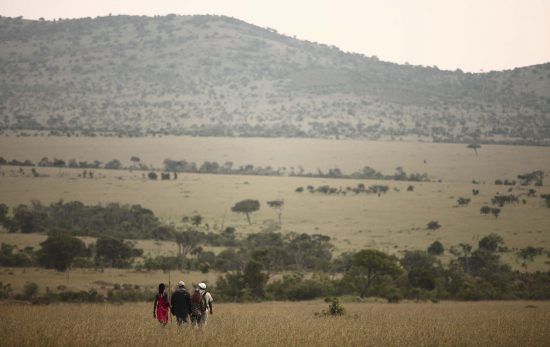
Dining Experience:
The chef at Klein’s Camp lovingly tends to his shamba, an organic African garden, where a large amount of ingredients for the dishes at camp come from. Breakfasts can be enjoyed in the dining room while bush breakfasts are sure to be the highlight of any morning safari. Lunch consists of shared plates while dinners are three course affairs celebrating local ingredients and offering homely, yet fresh, takes on international dishes.

Price Range:
From $840 per person per night which is inclusive of accommodation, three meals daily, soft drinks, house wines, local brand spirits and beers, teas and coffees, refreshments on lodge activities, laundry, morning and afternoon game drives, and emergency evacuation insurance.
Are you packing your bags already? Get in touch with one of our expert consultants today.


